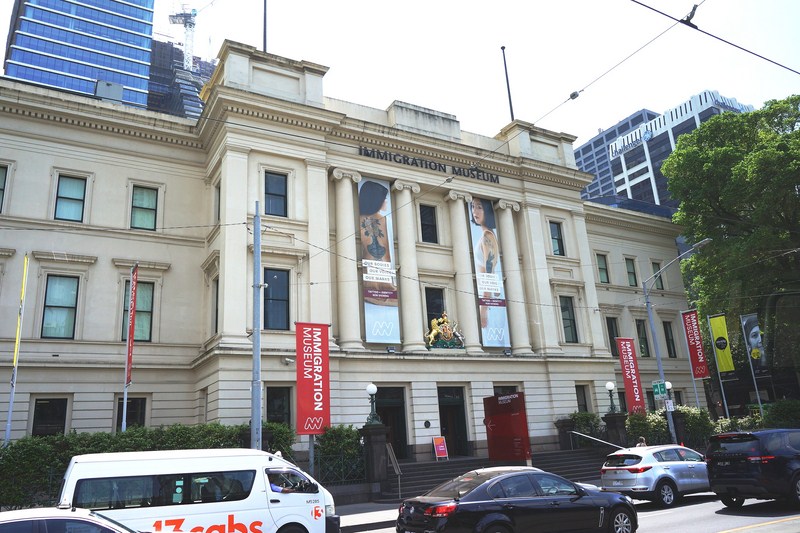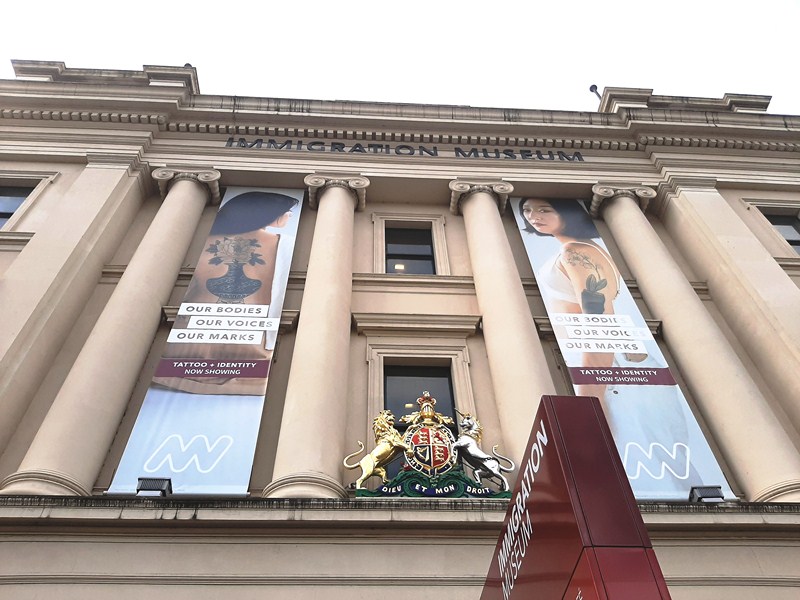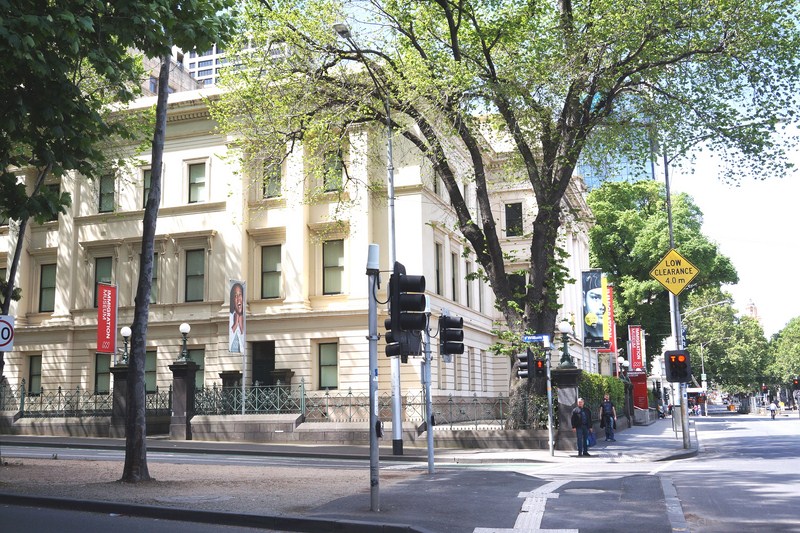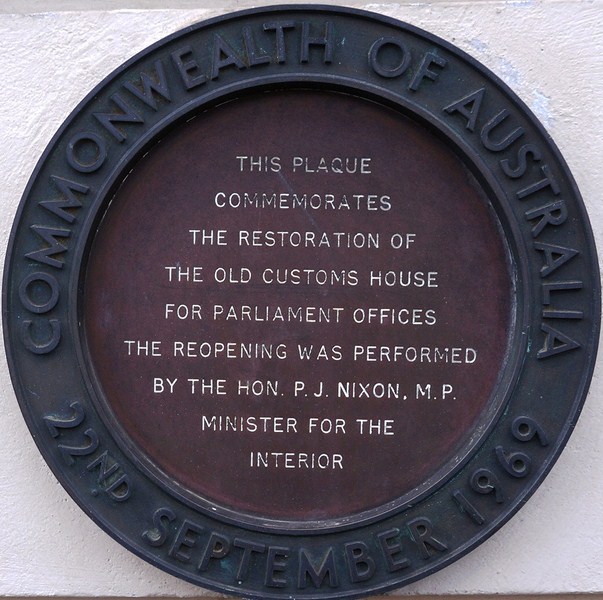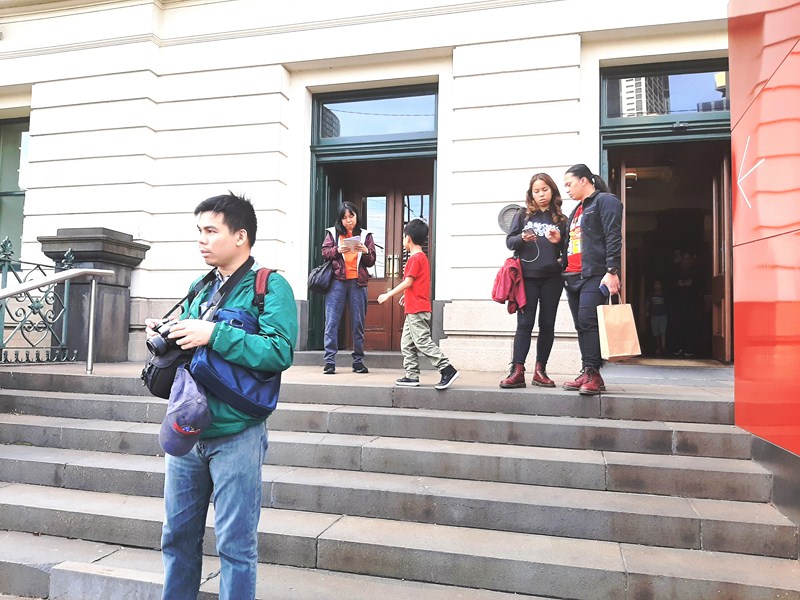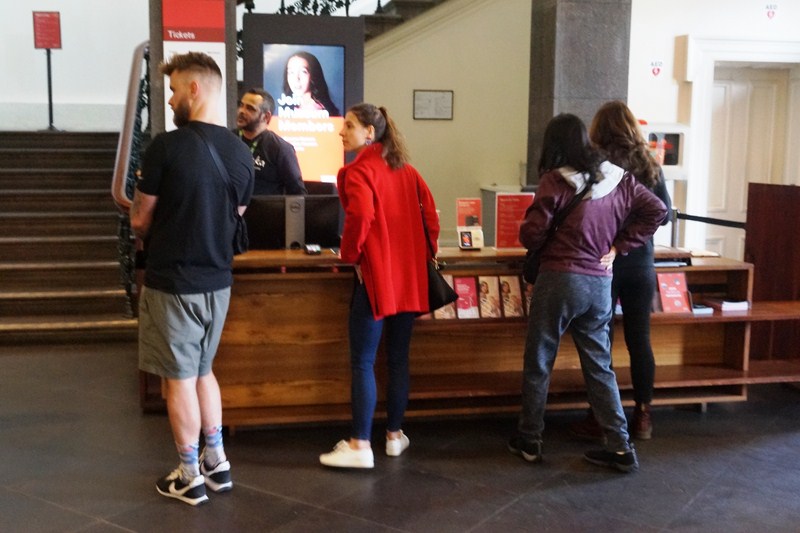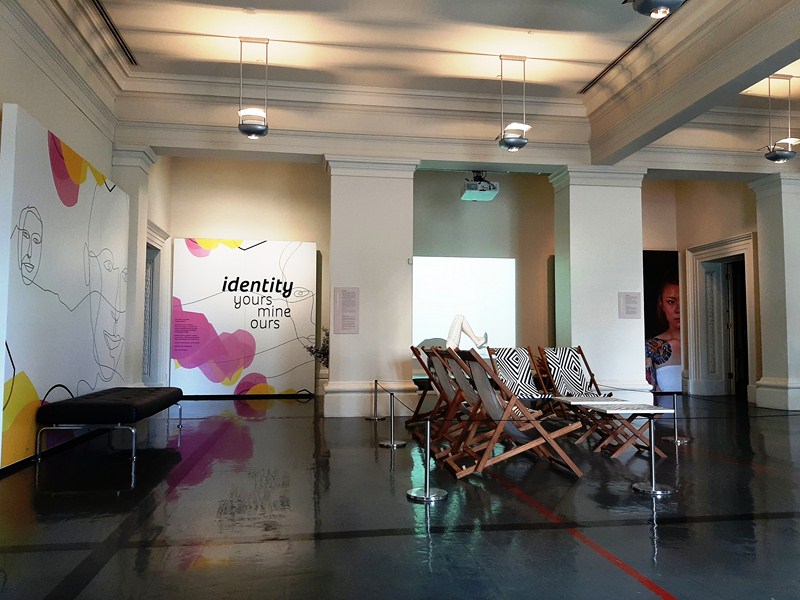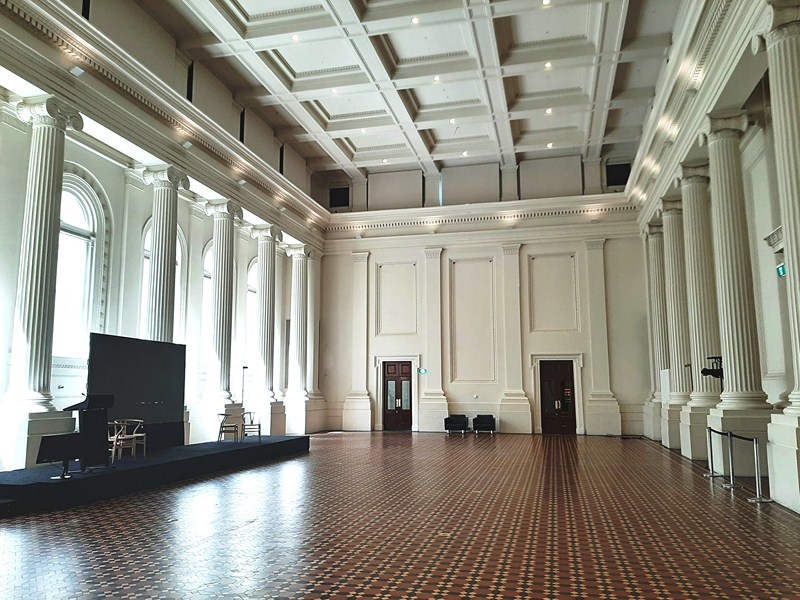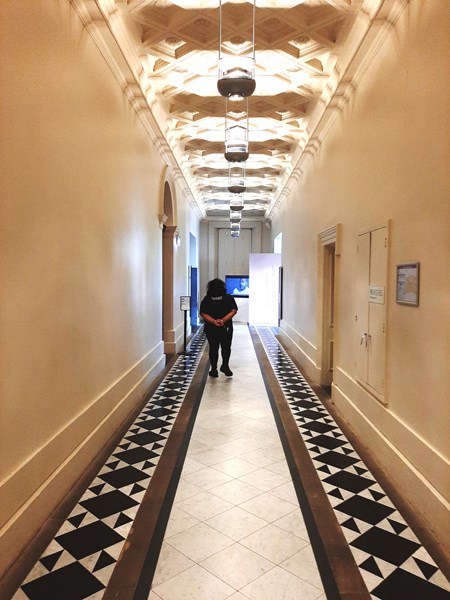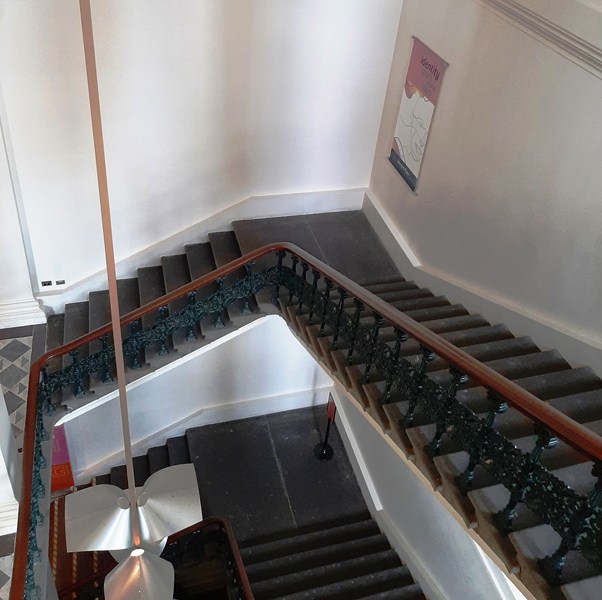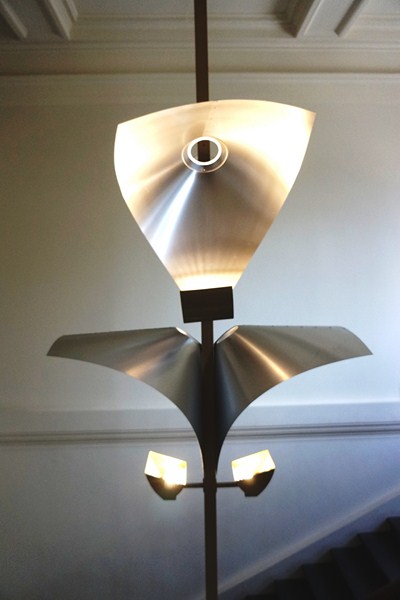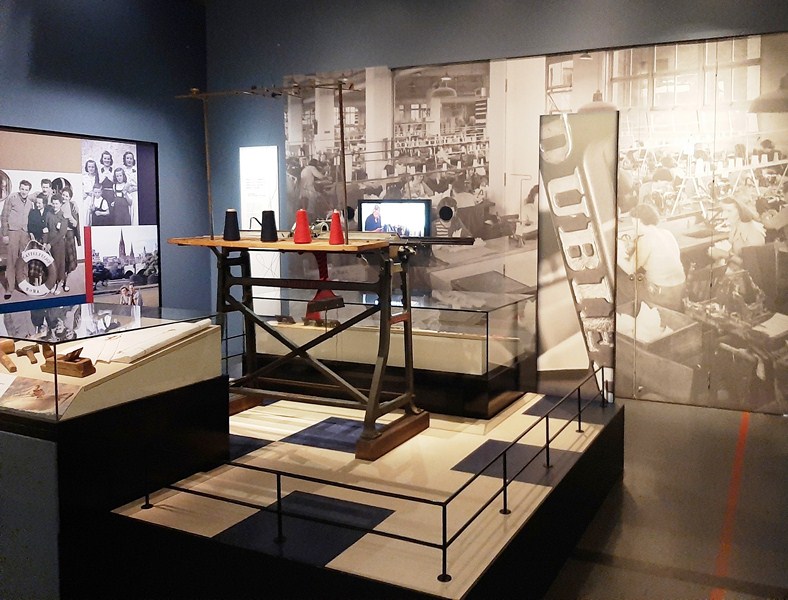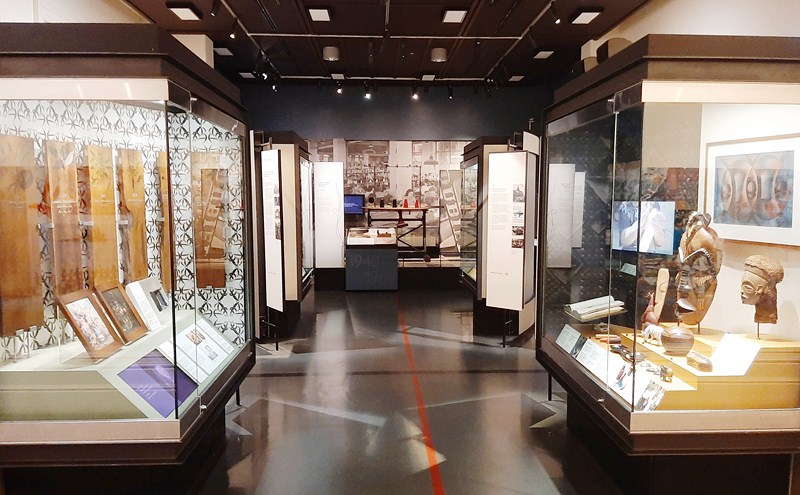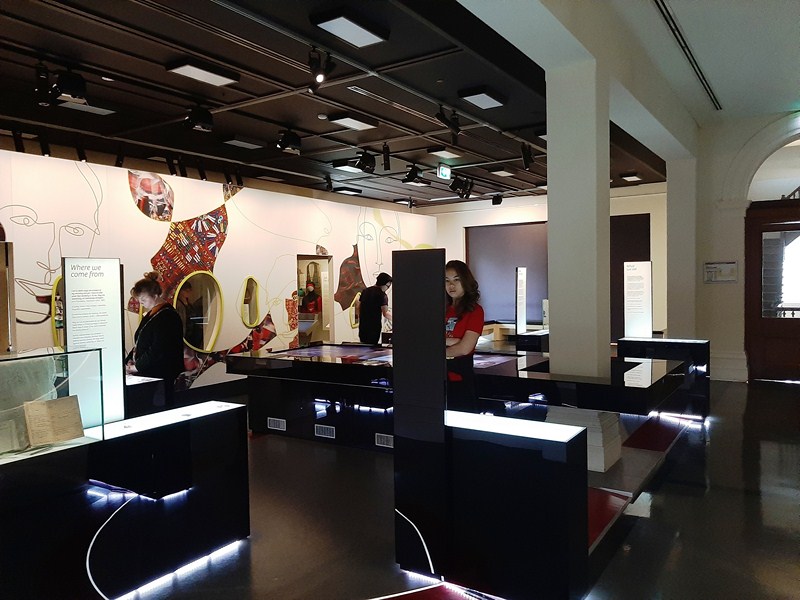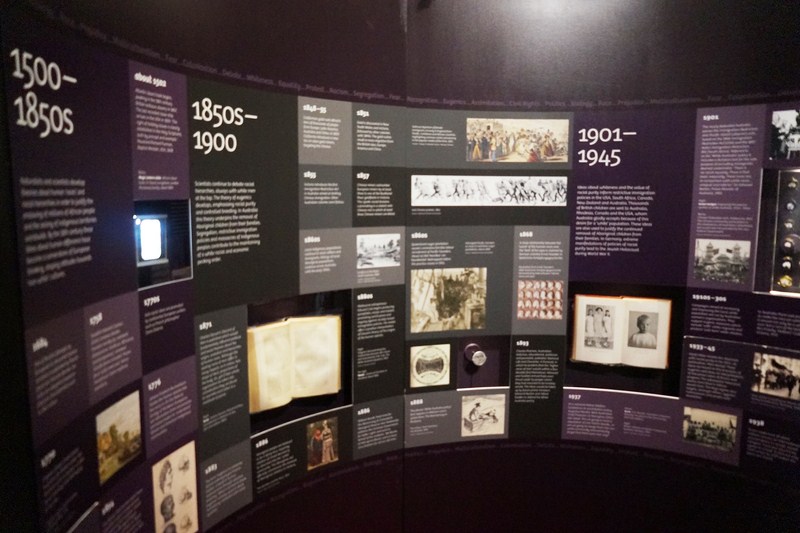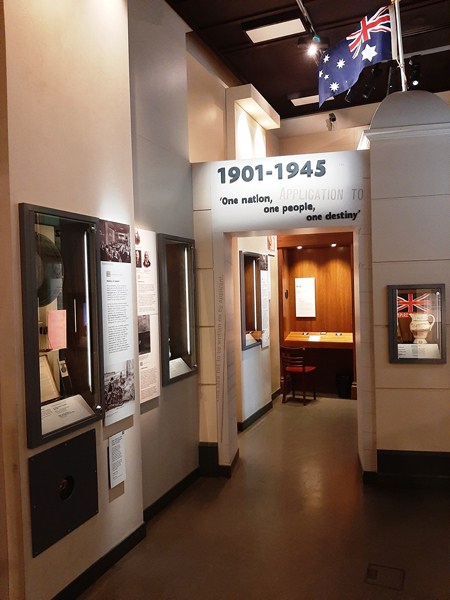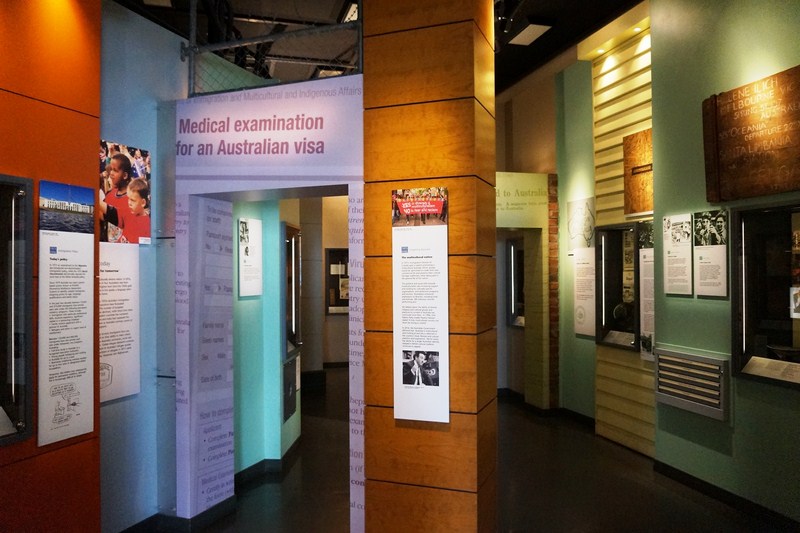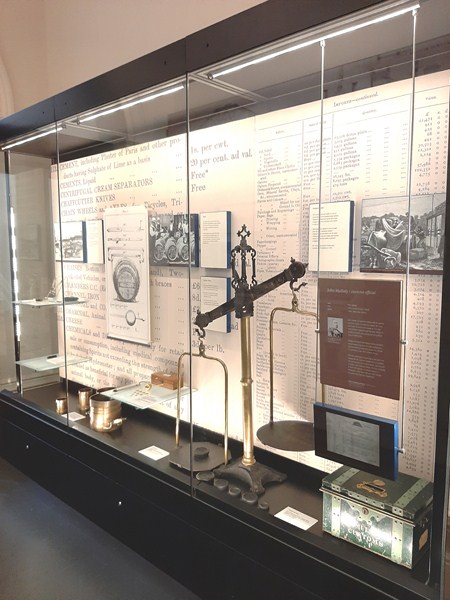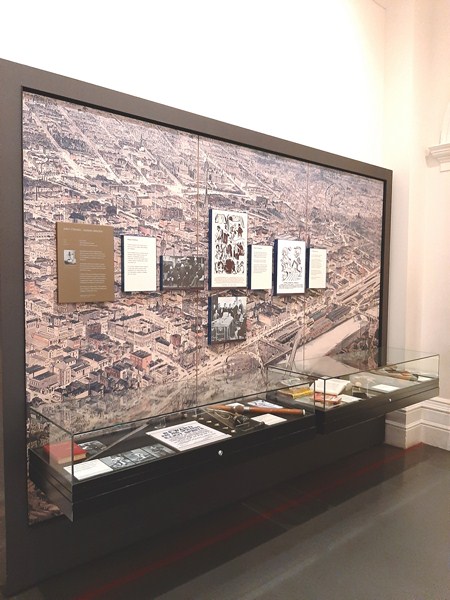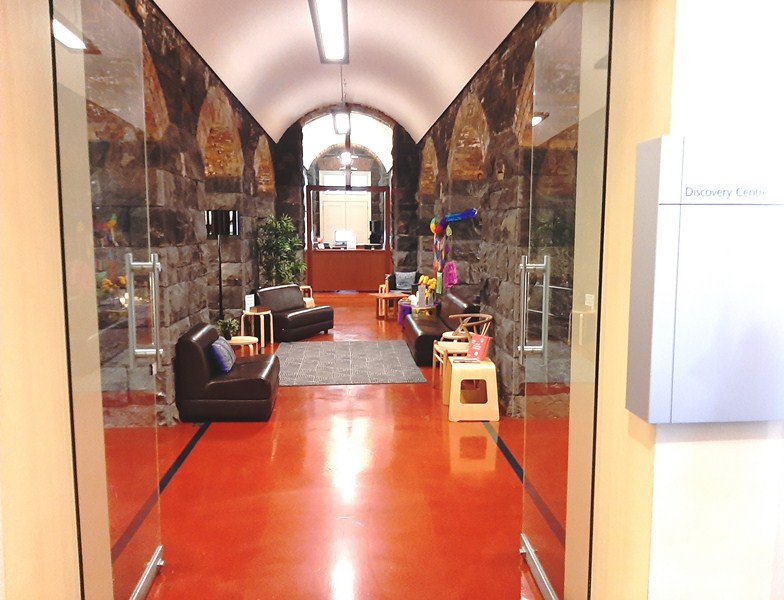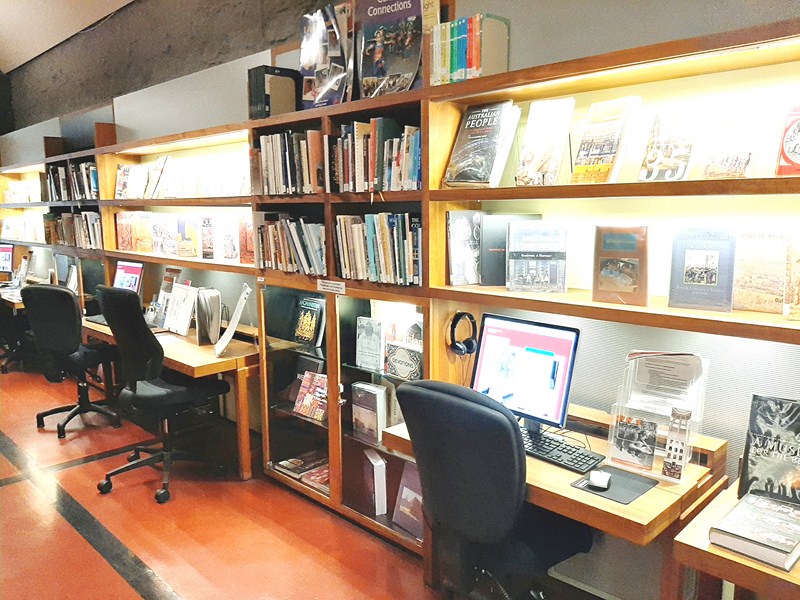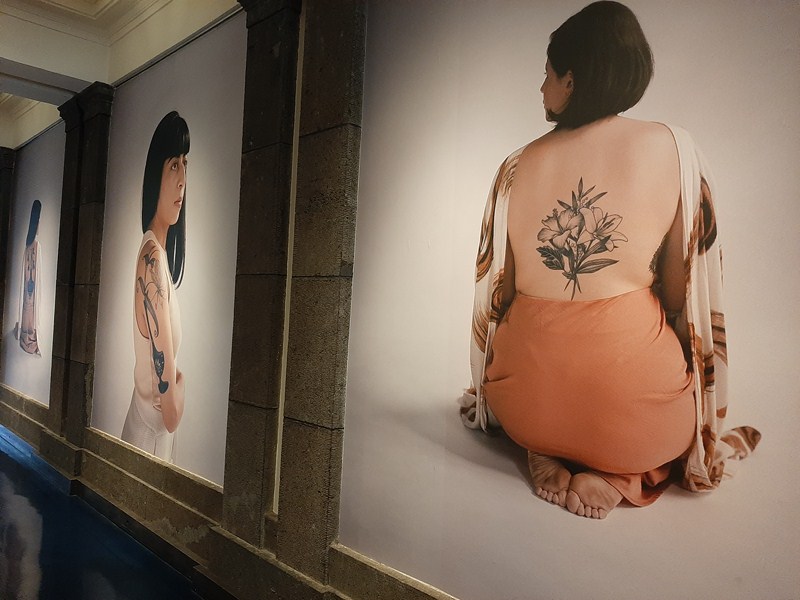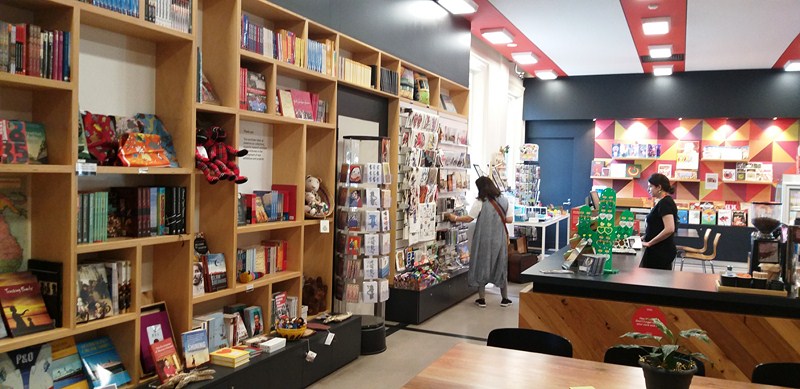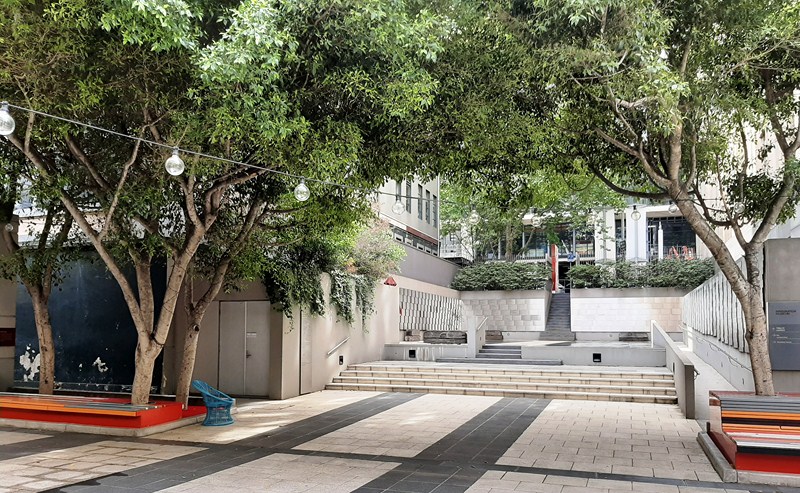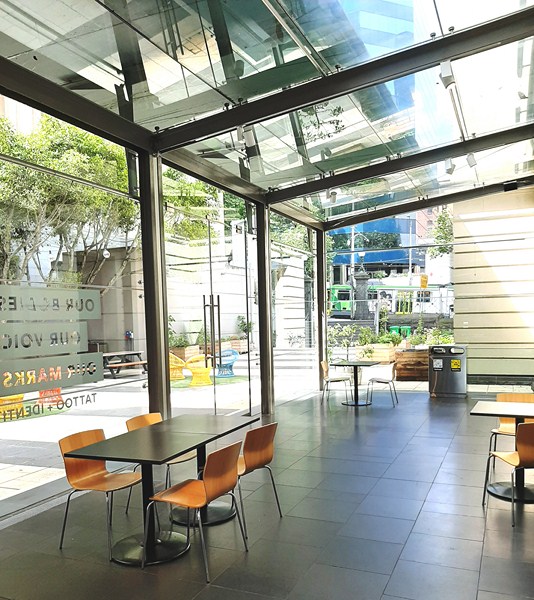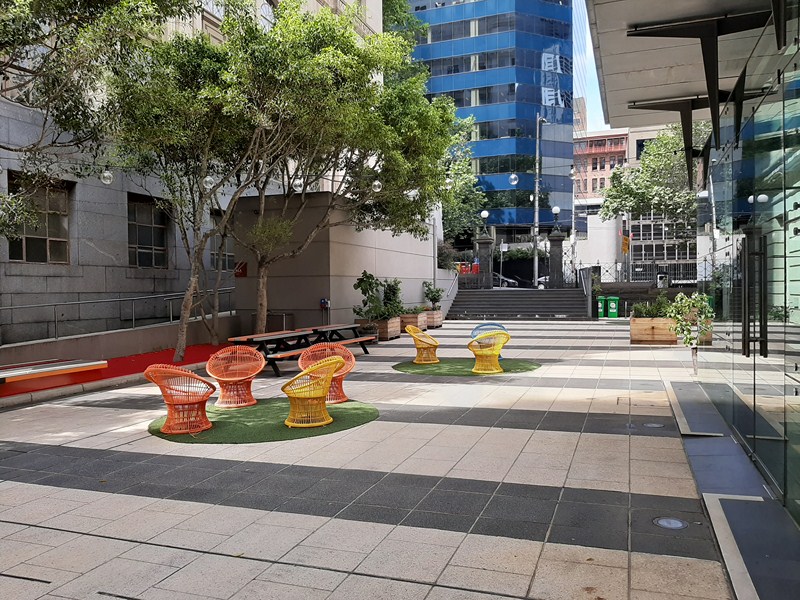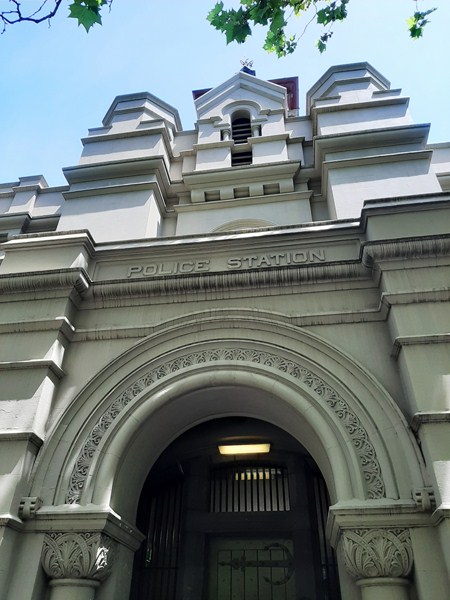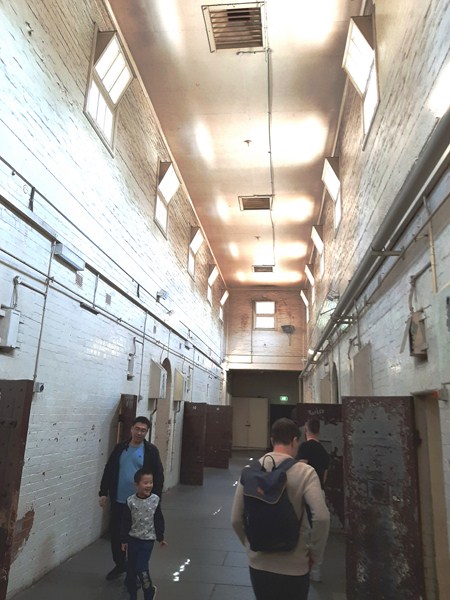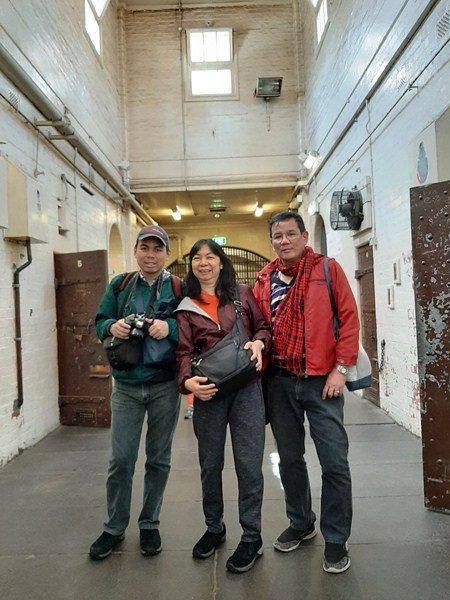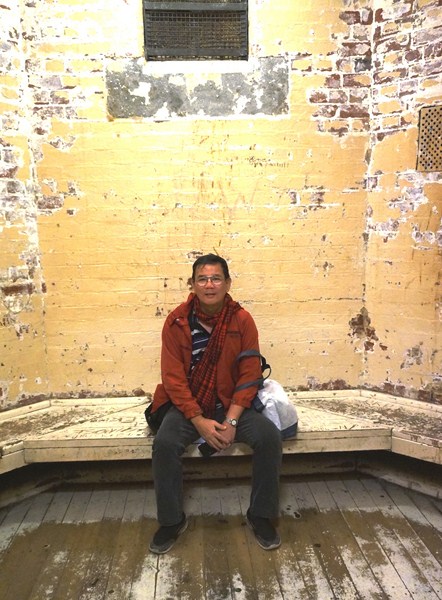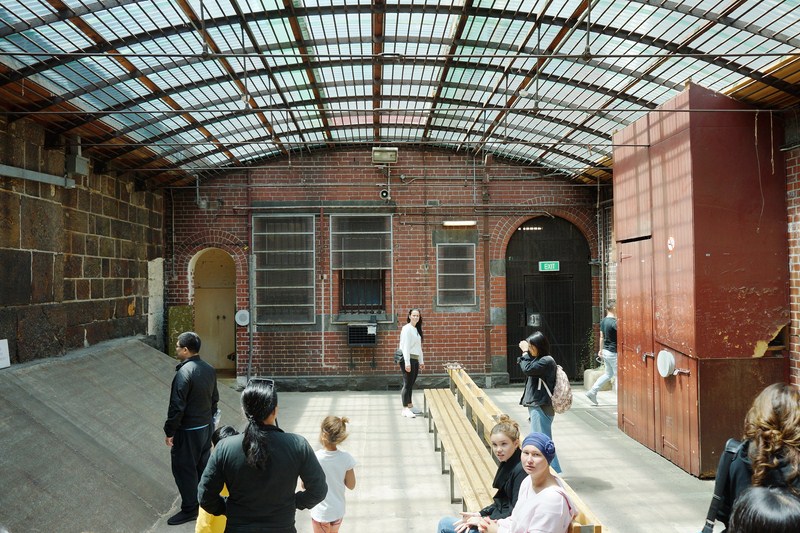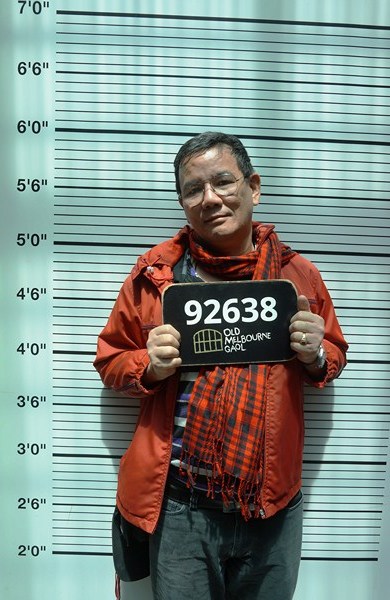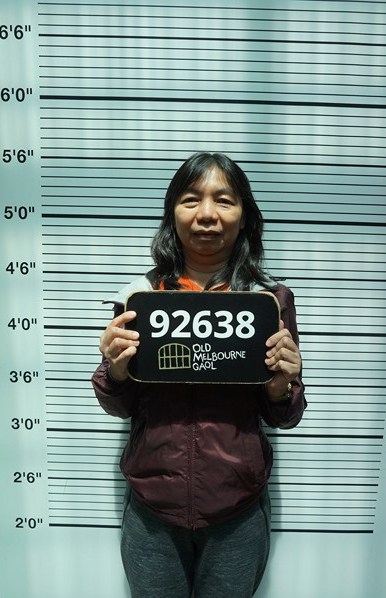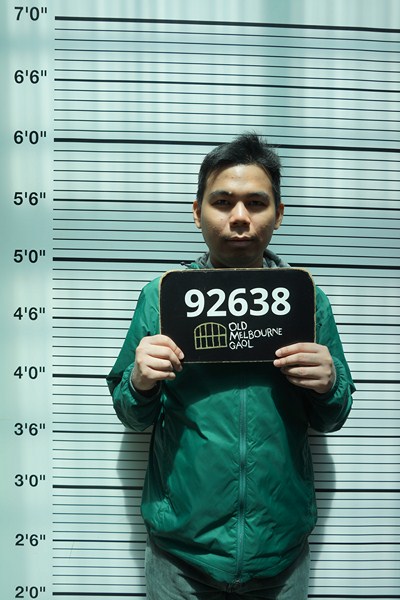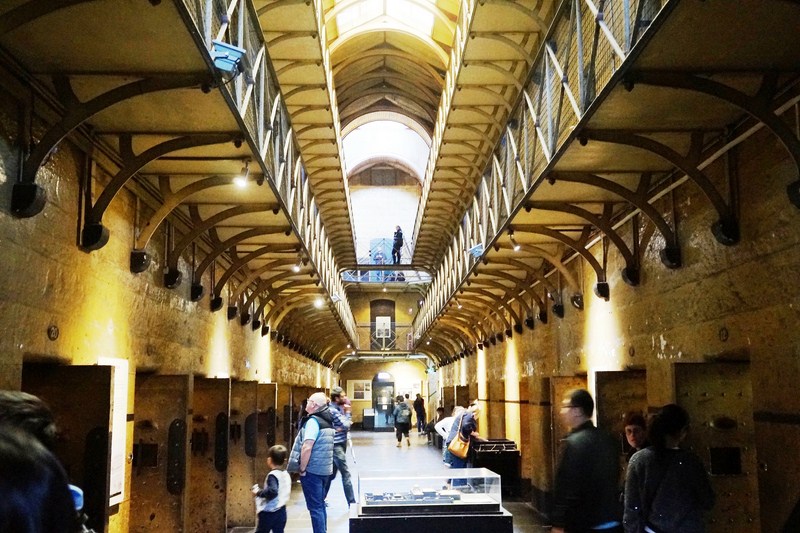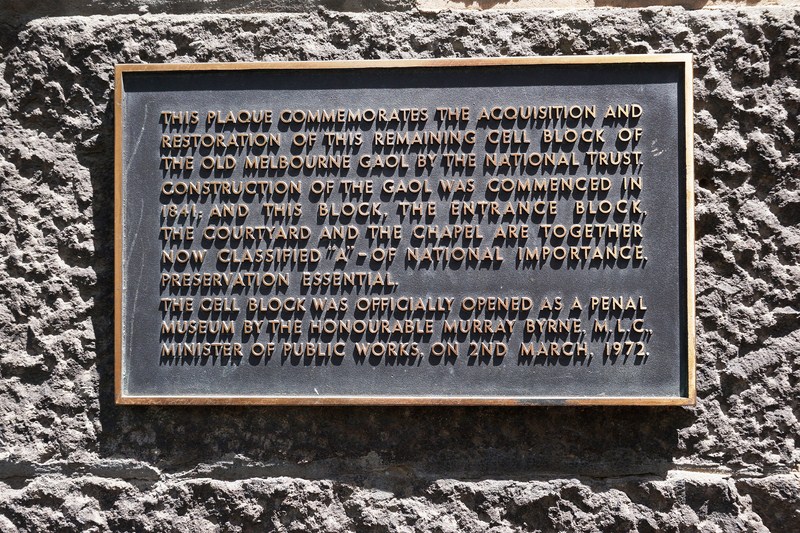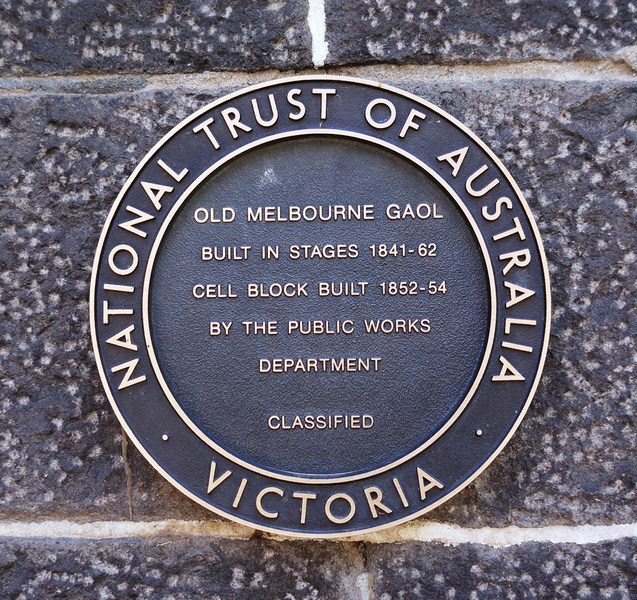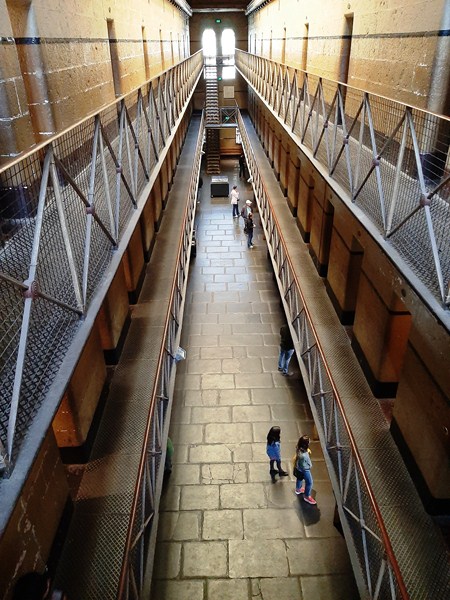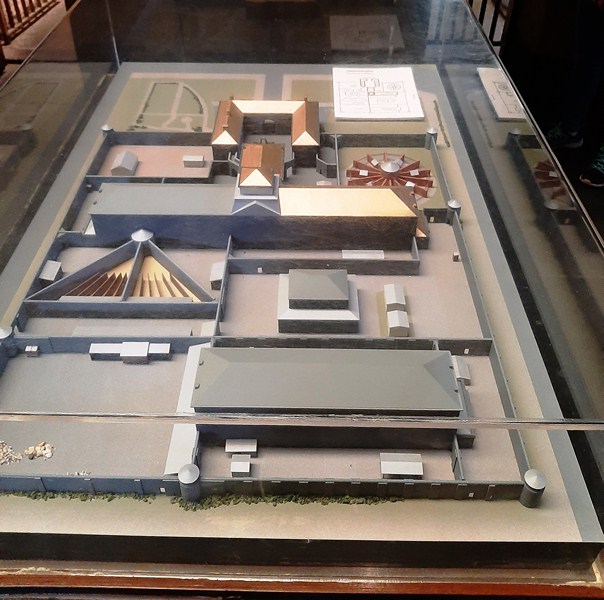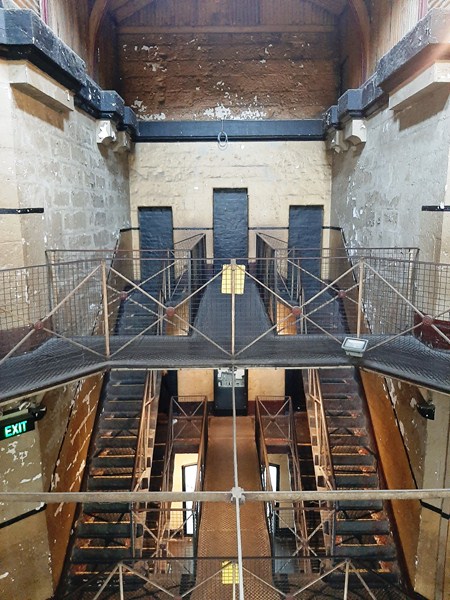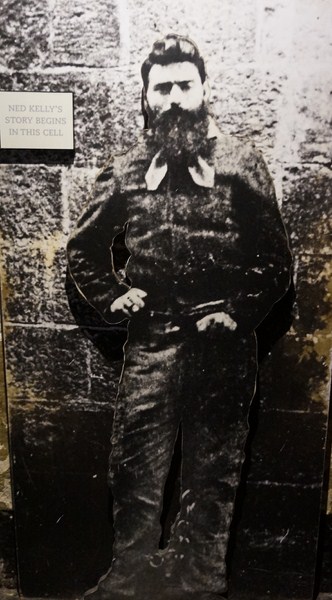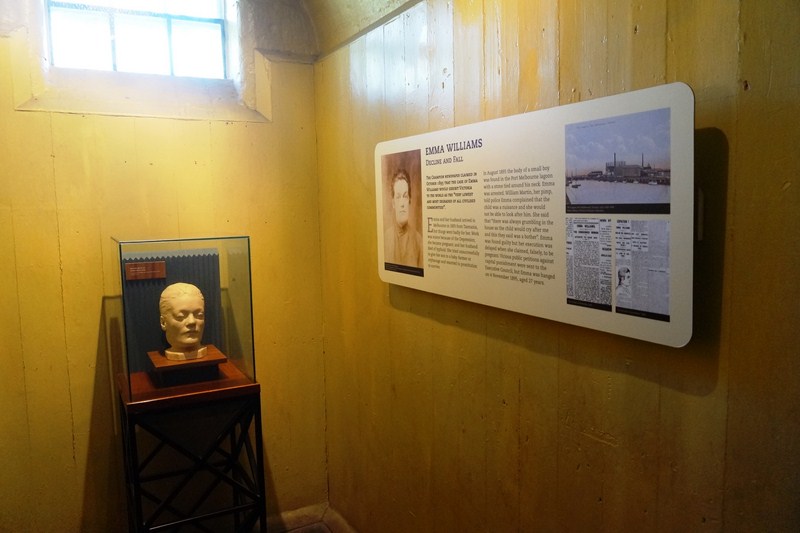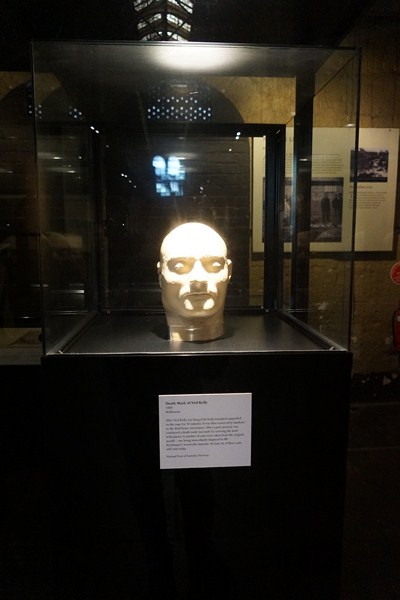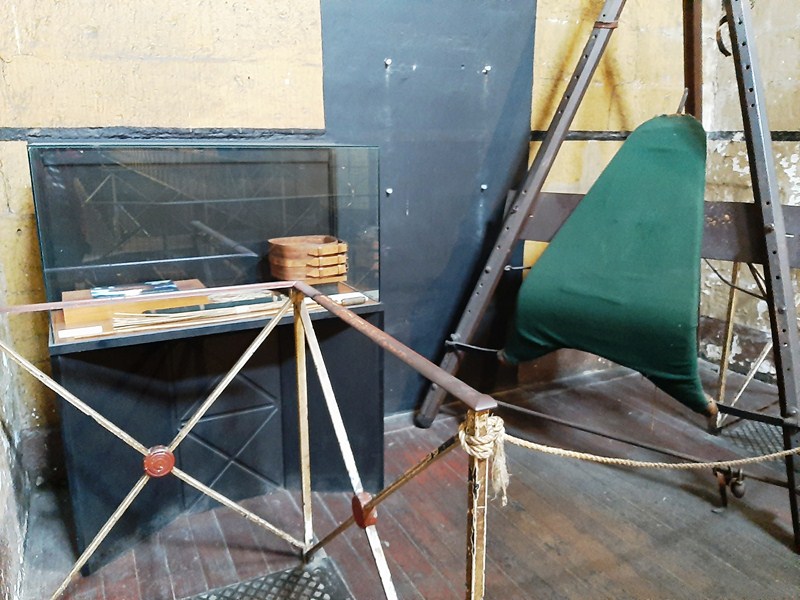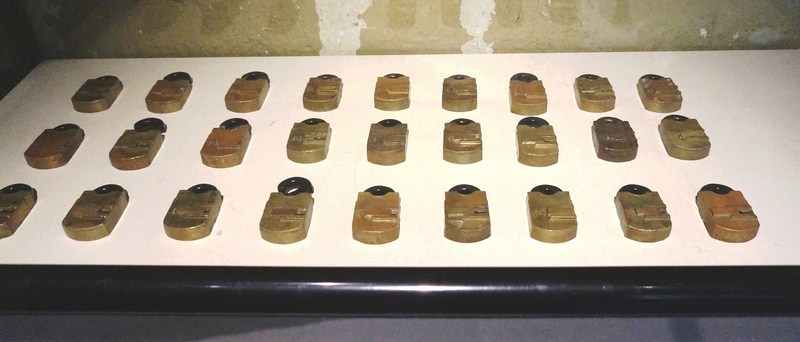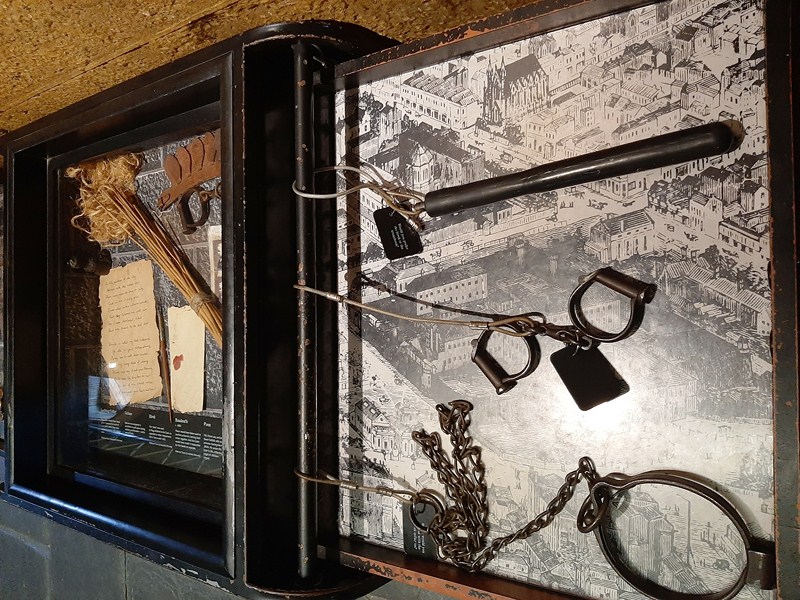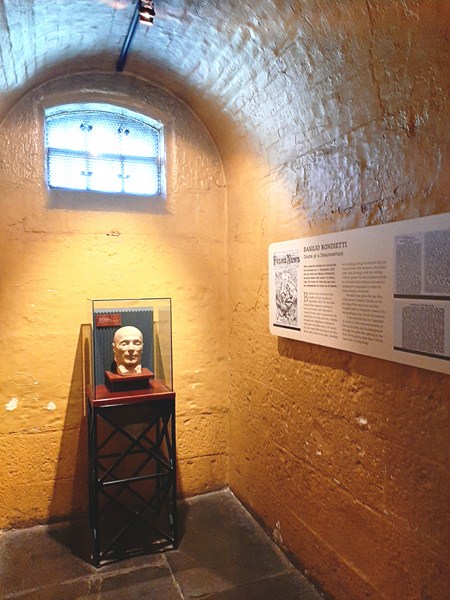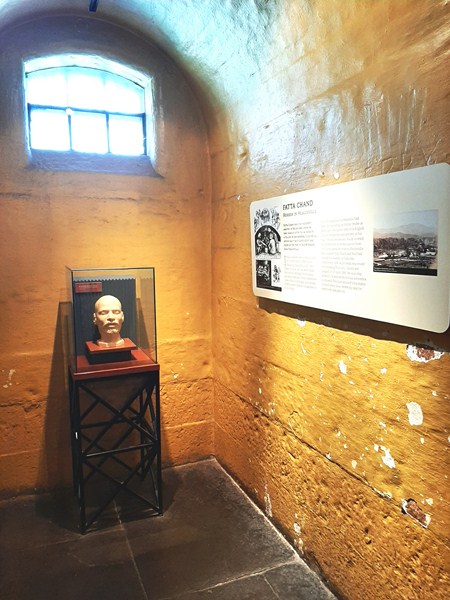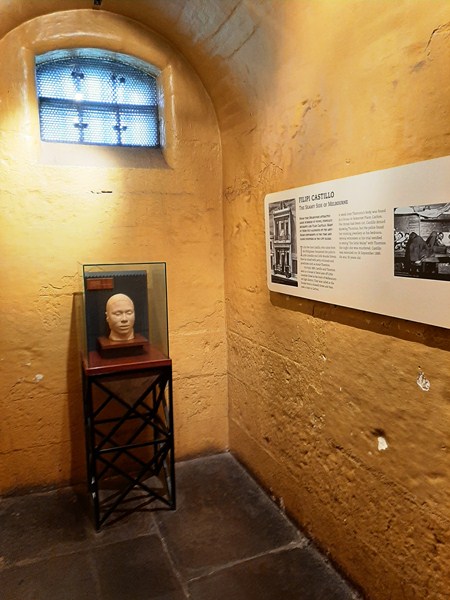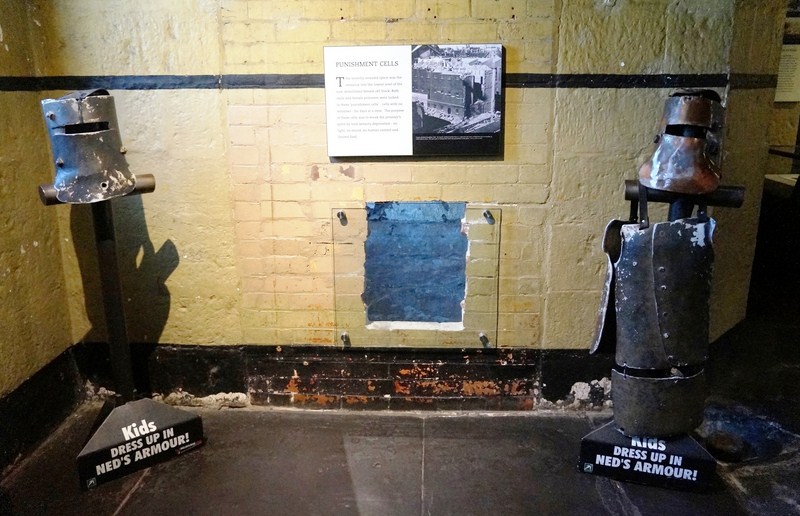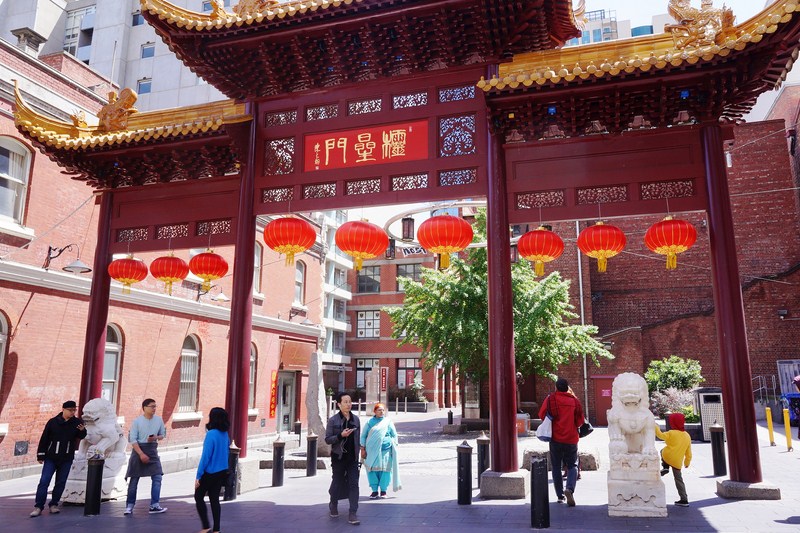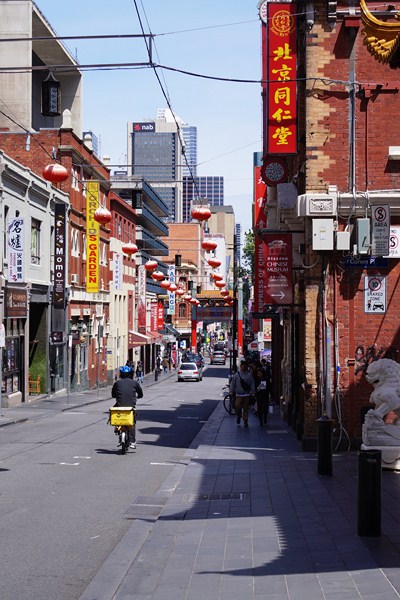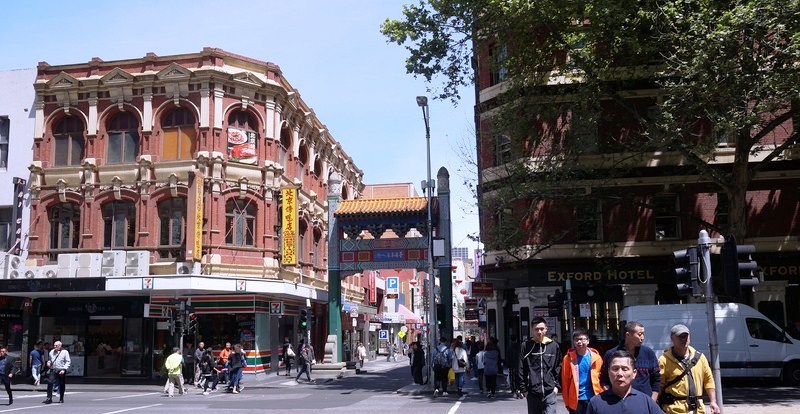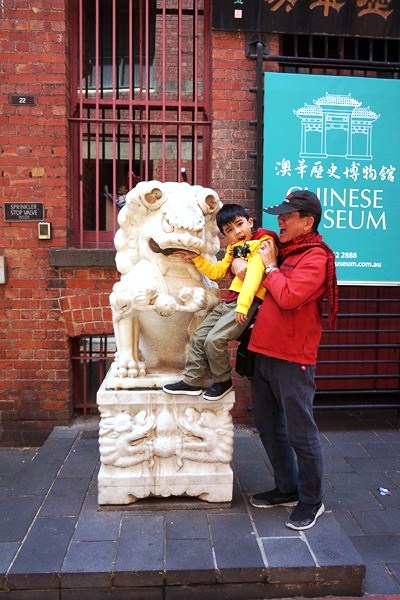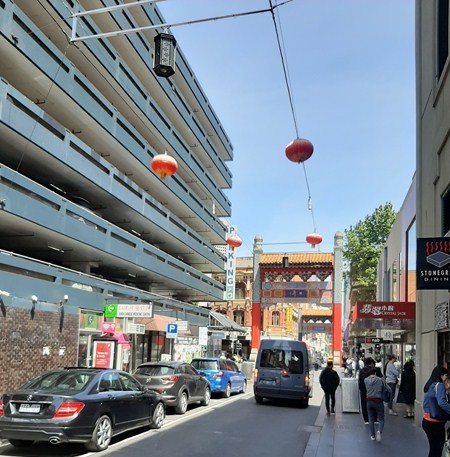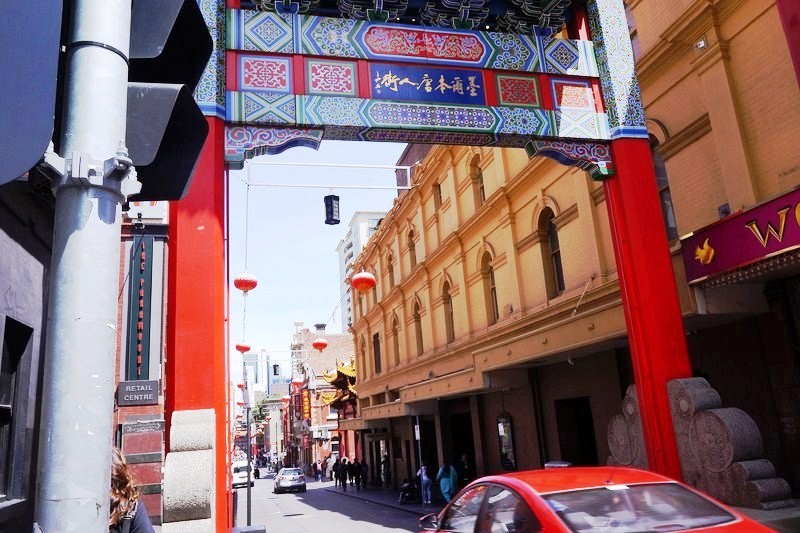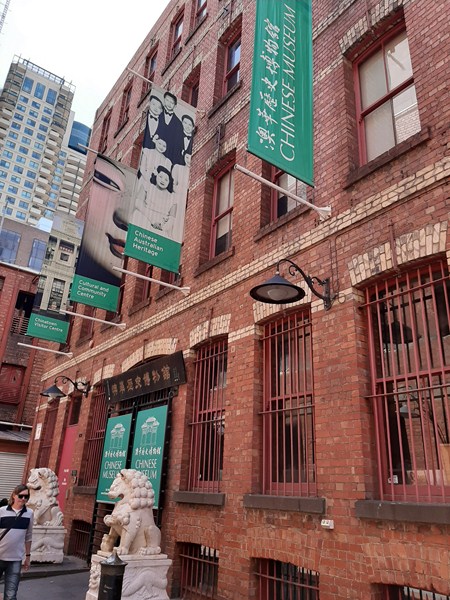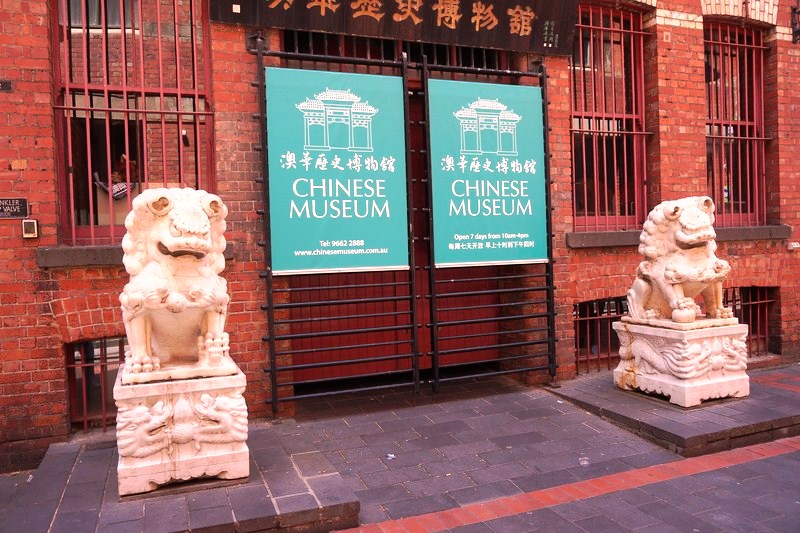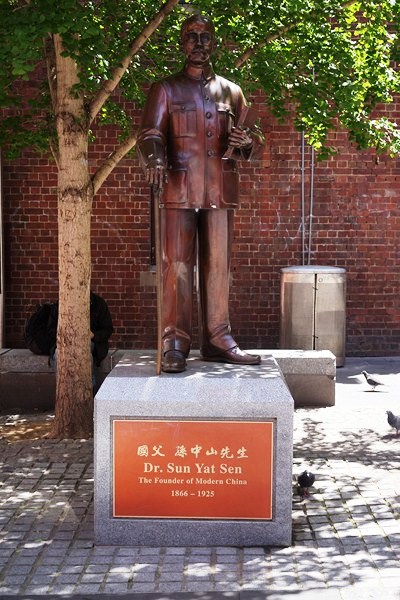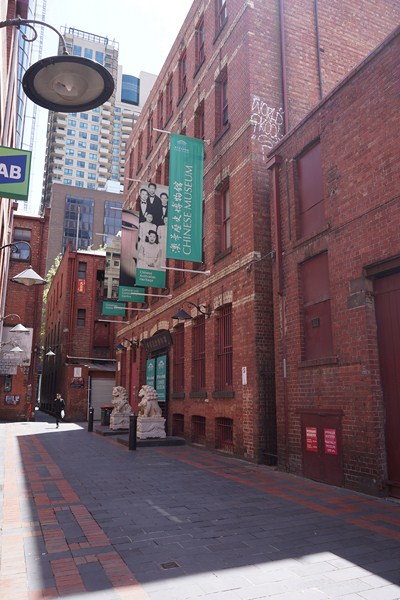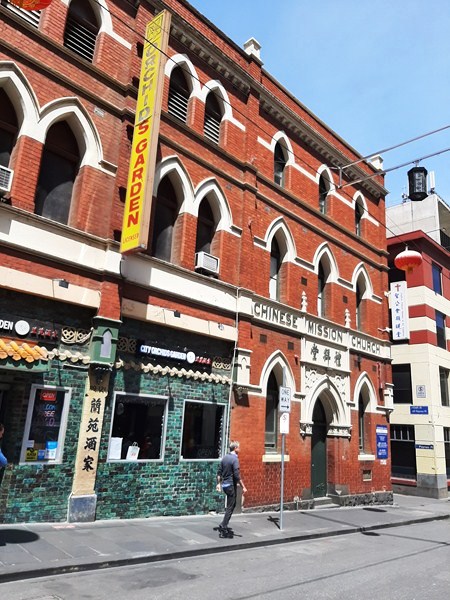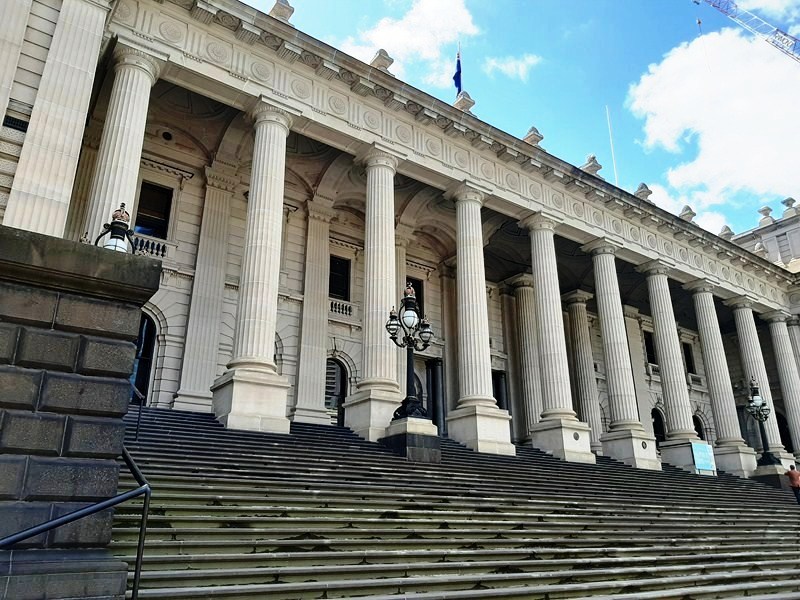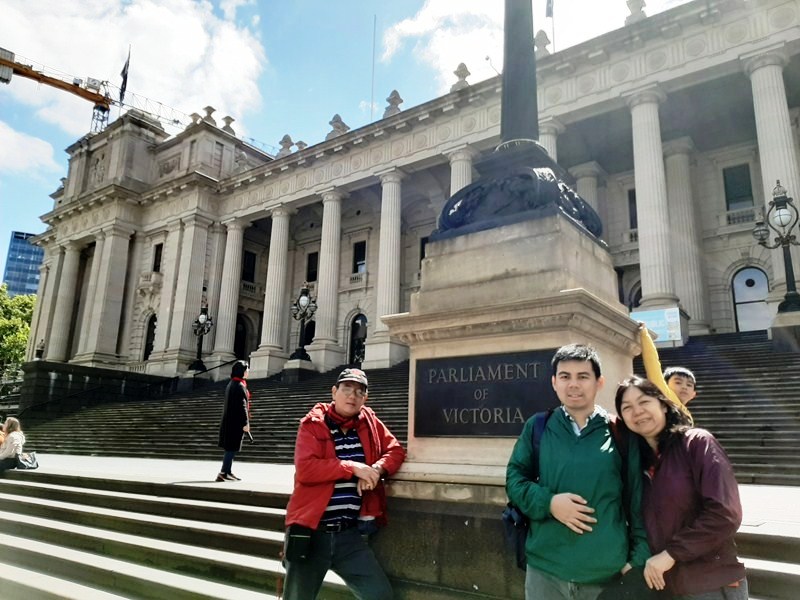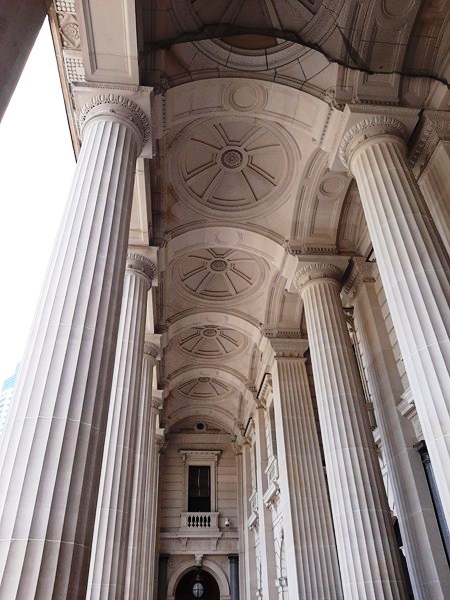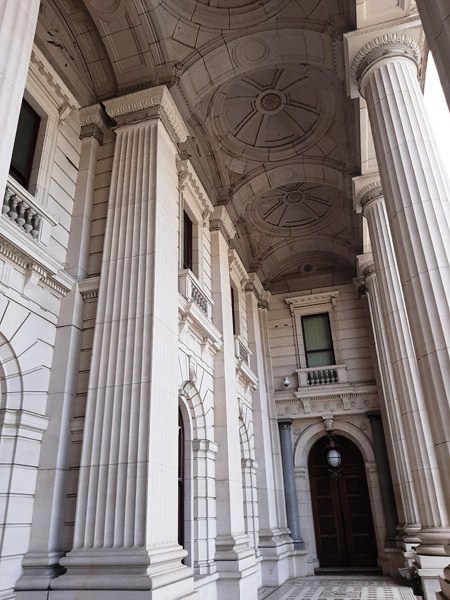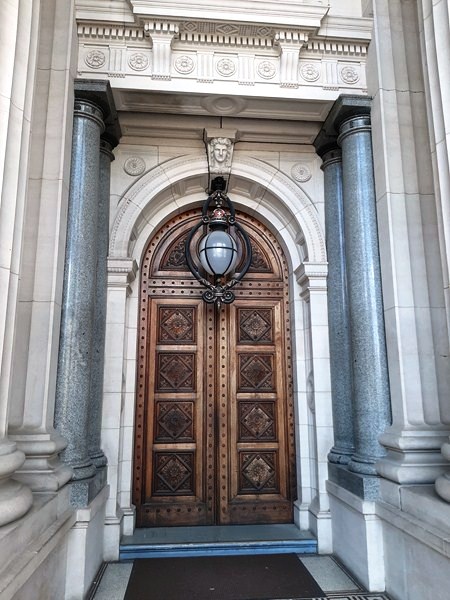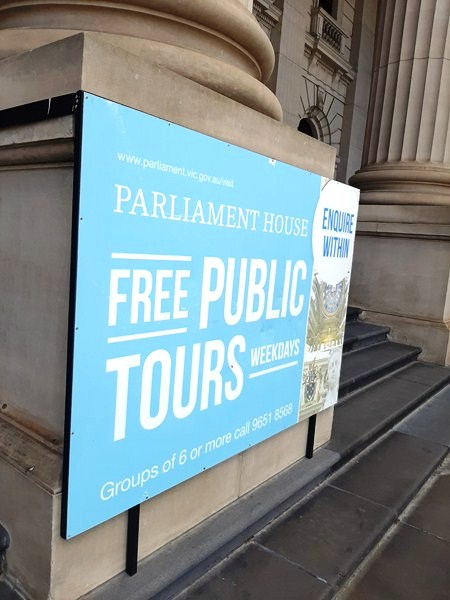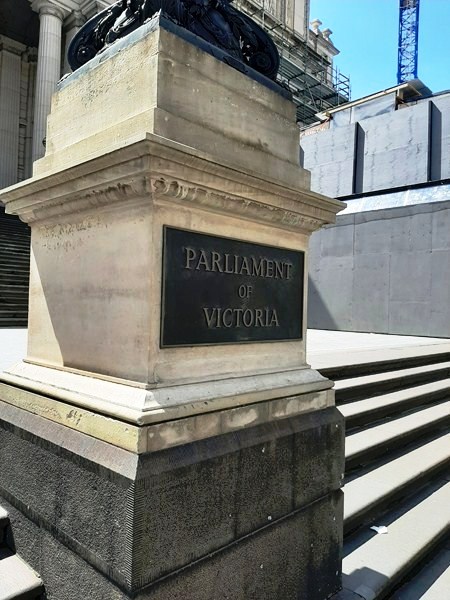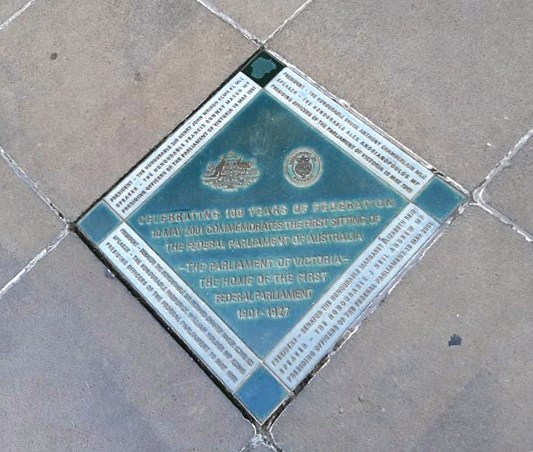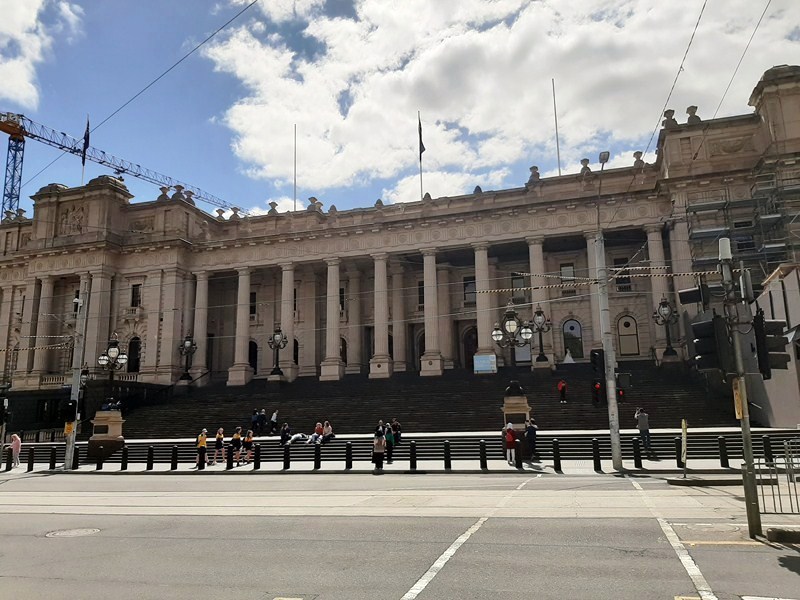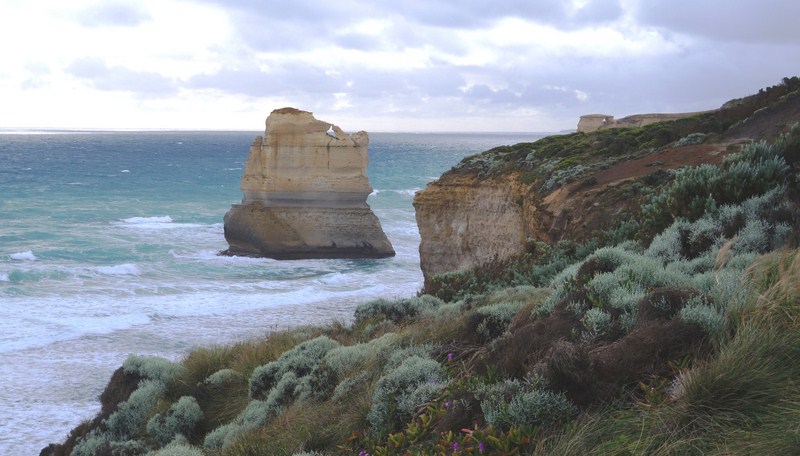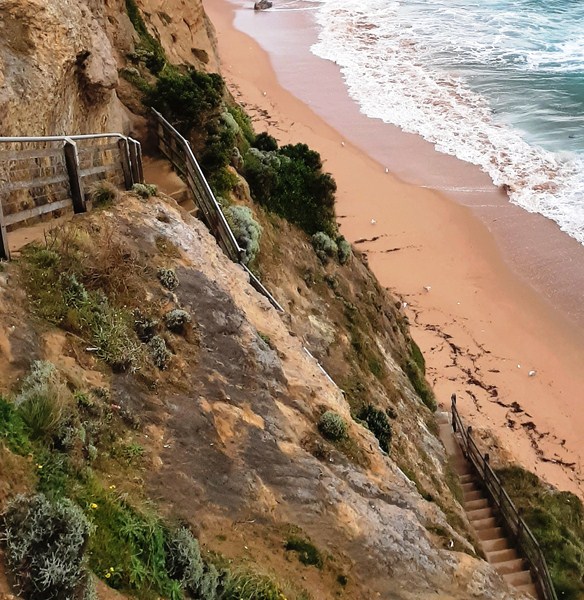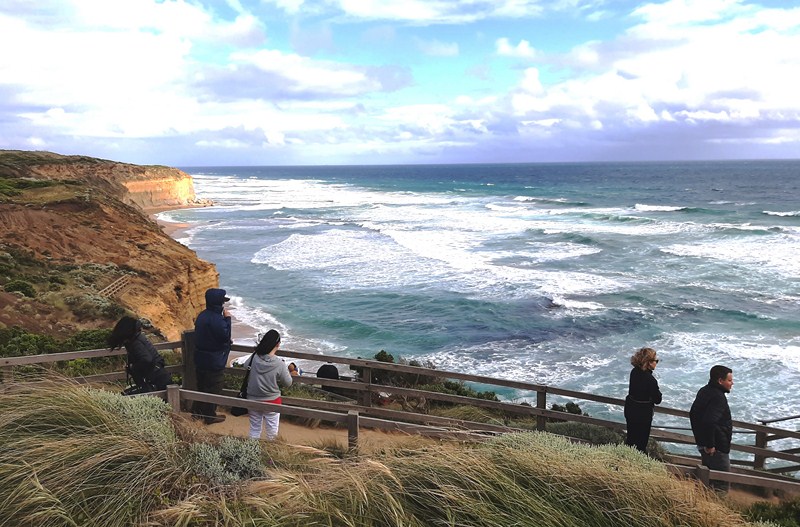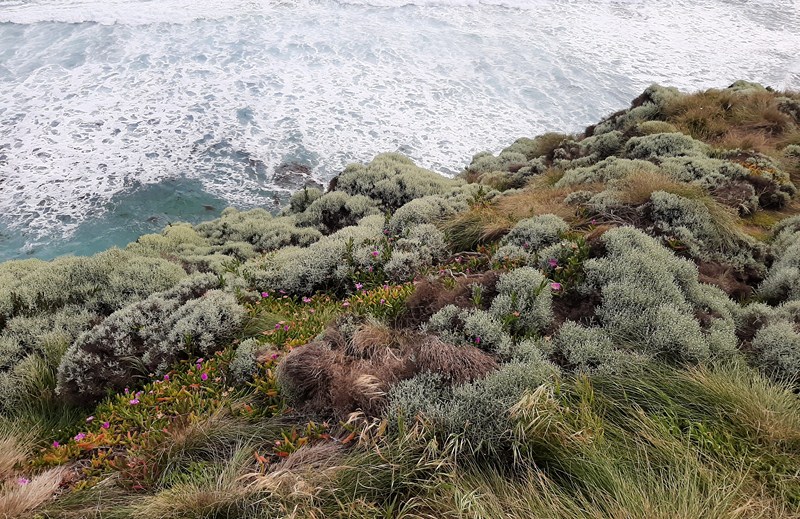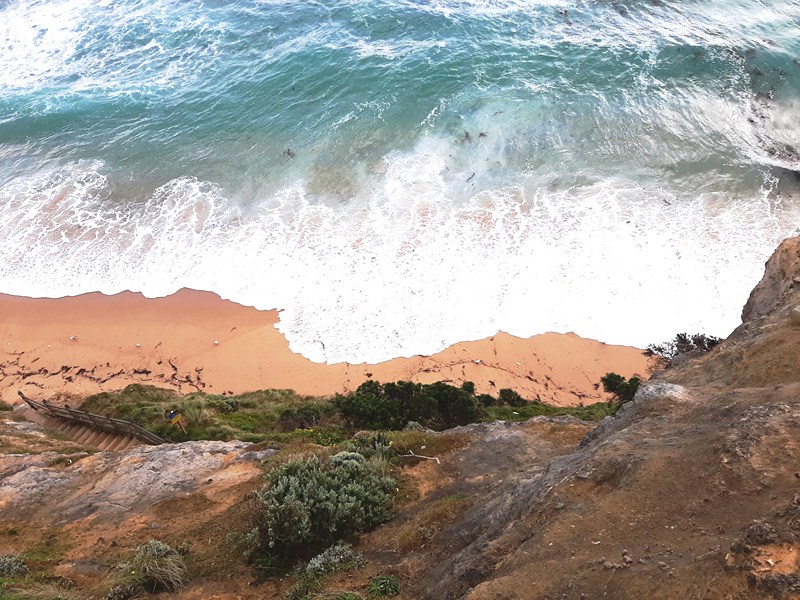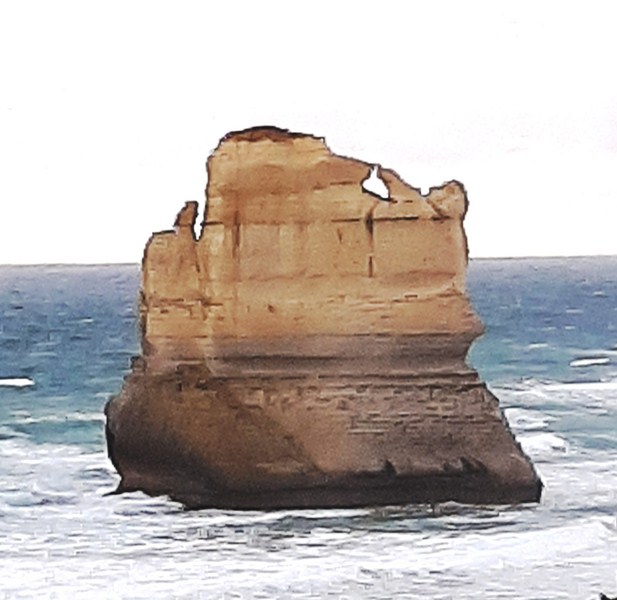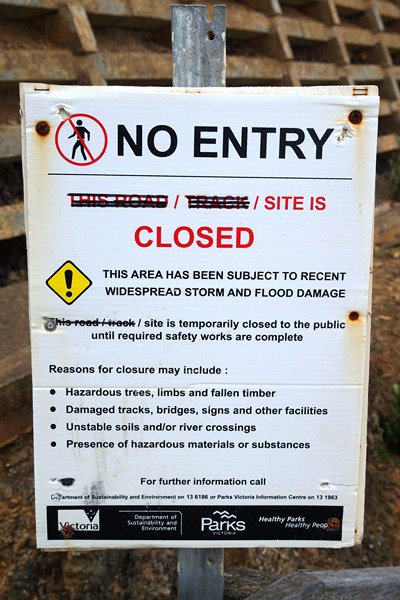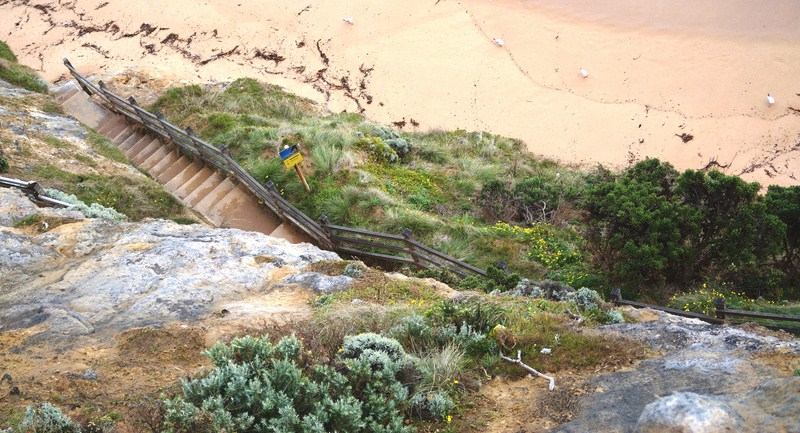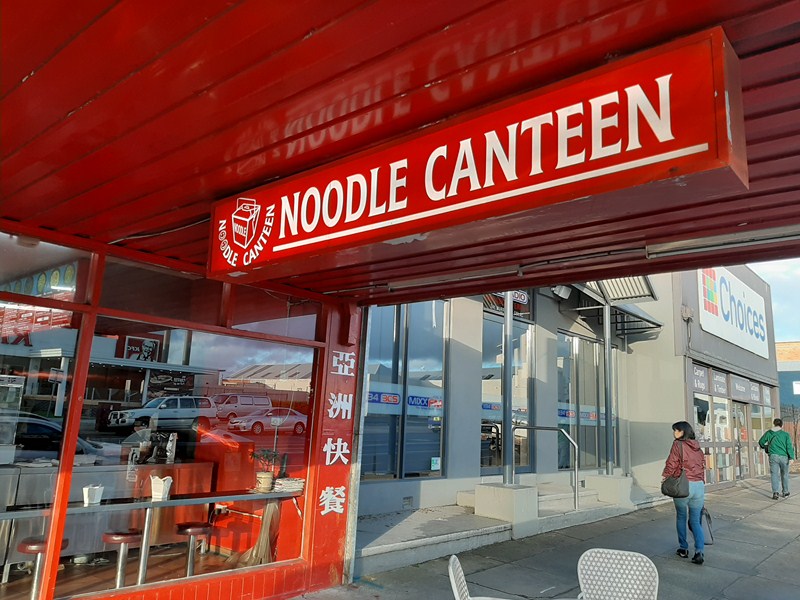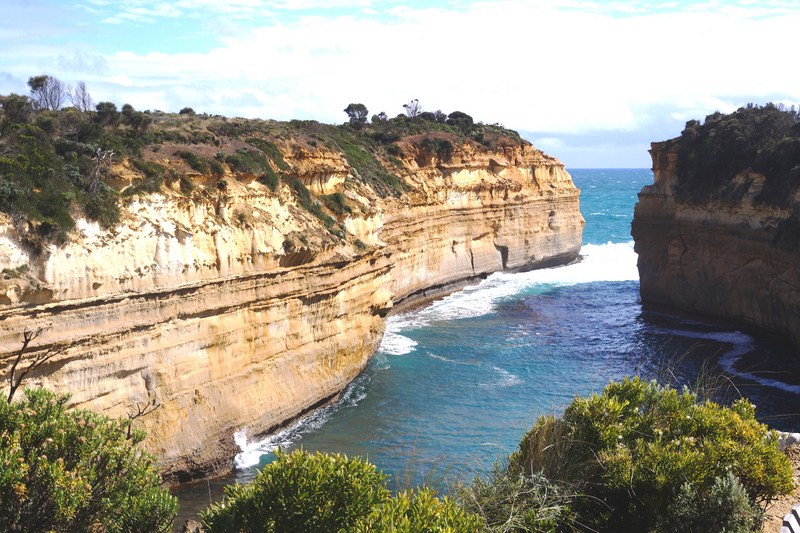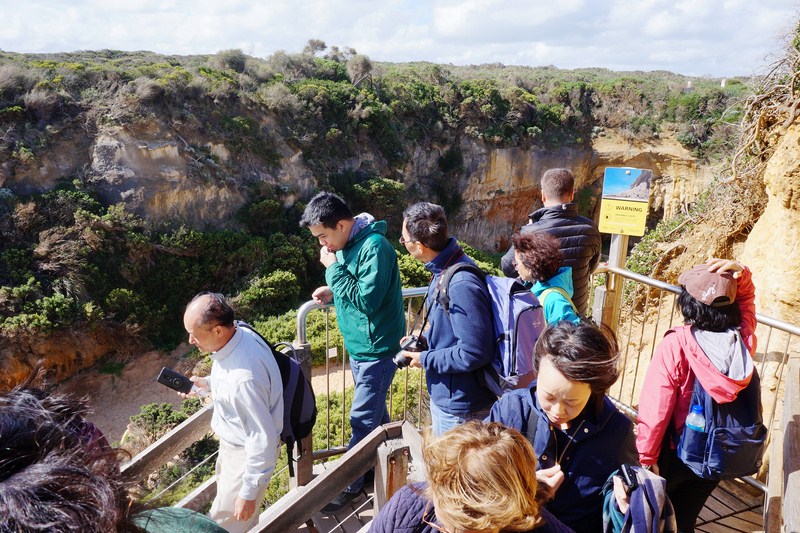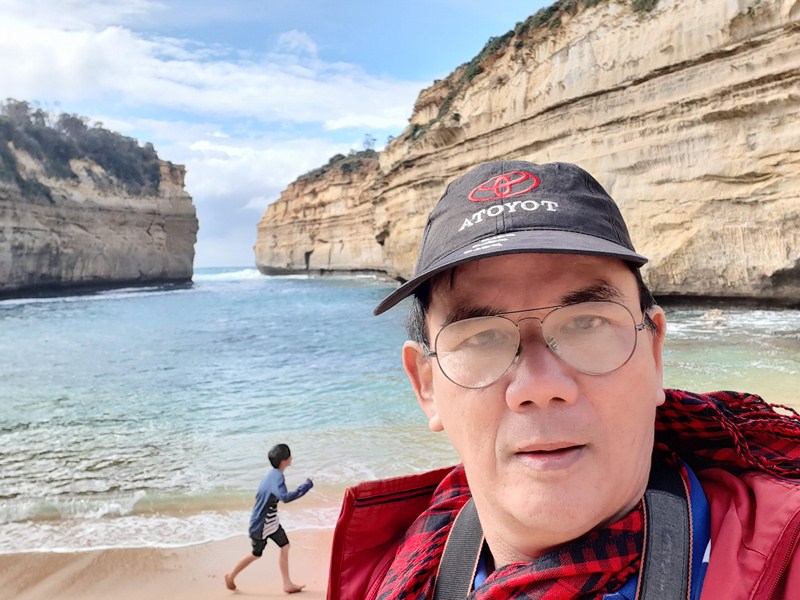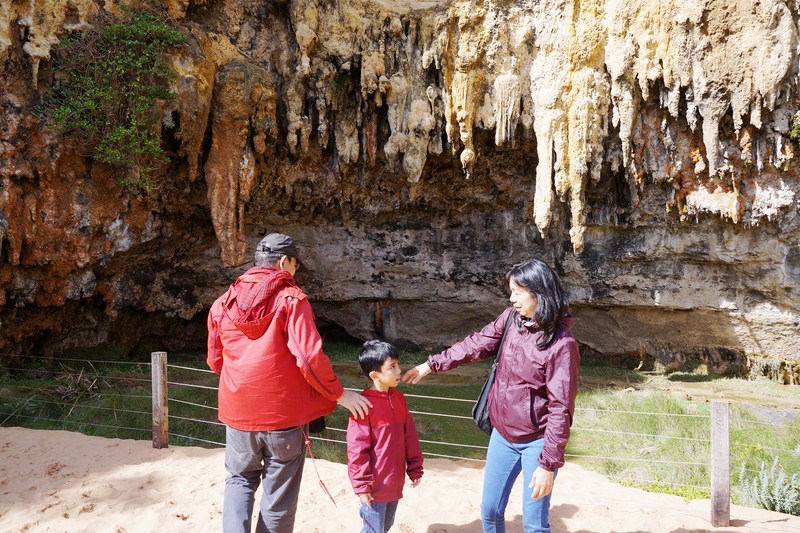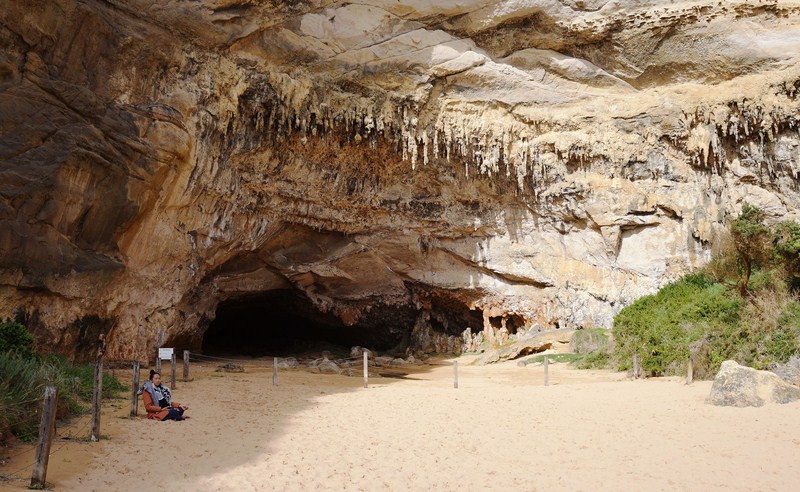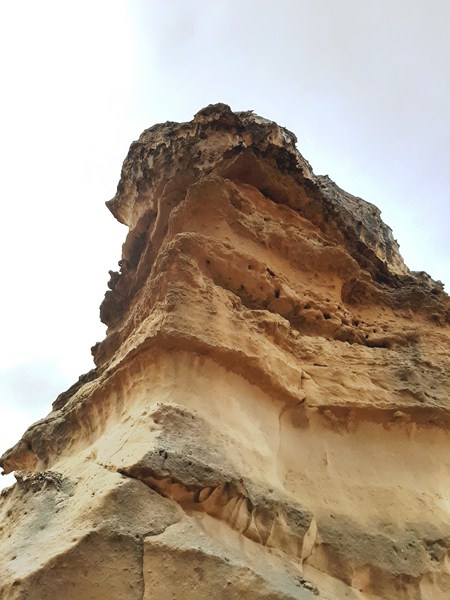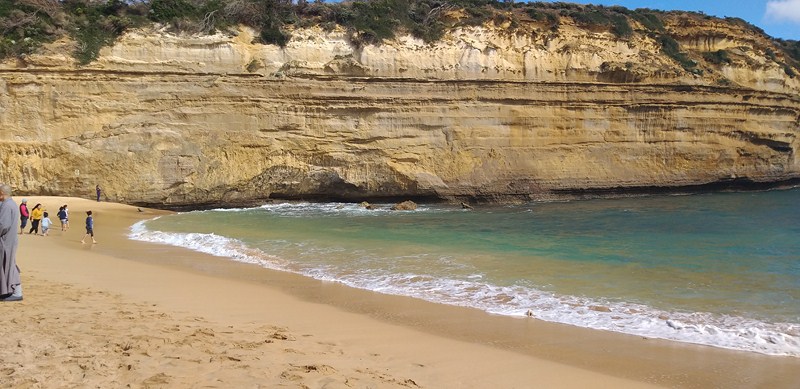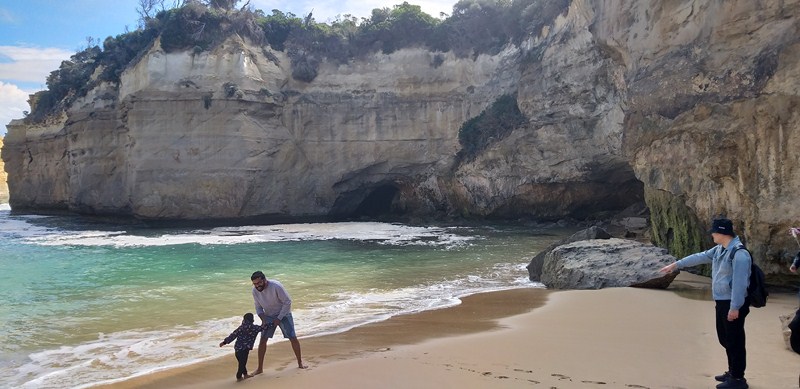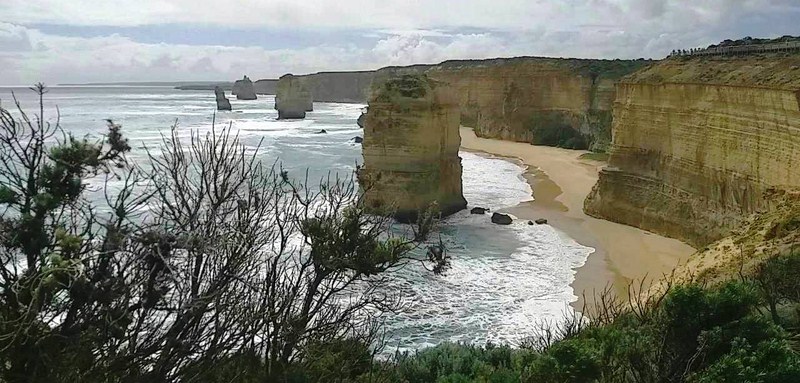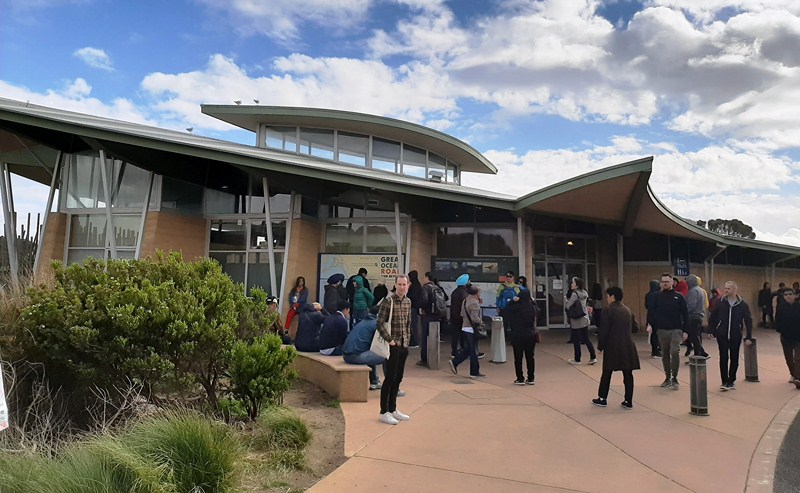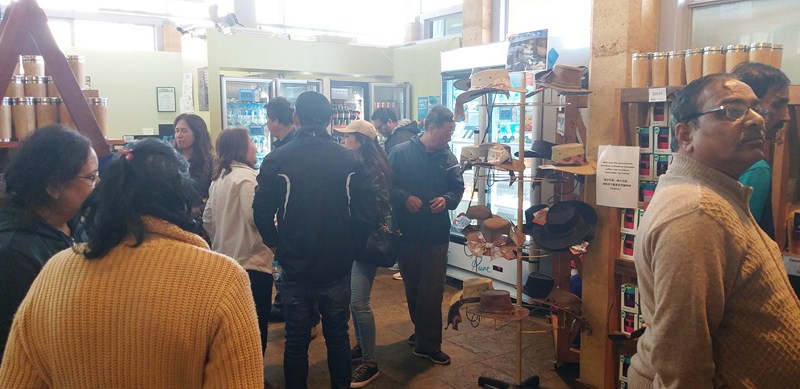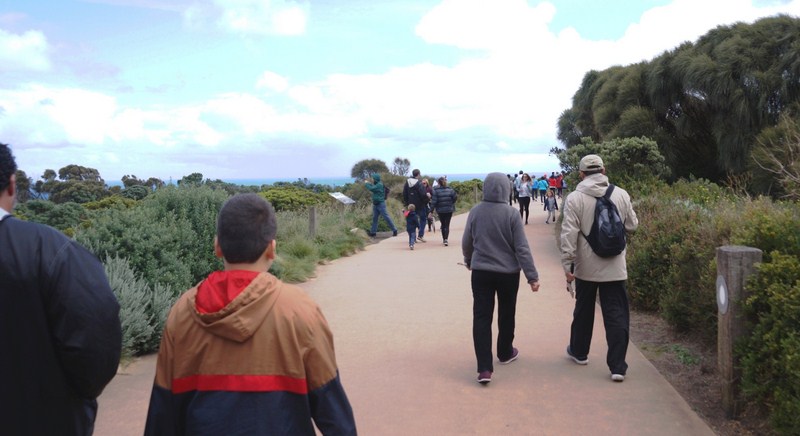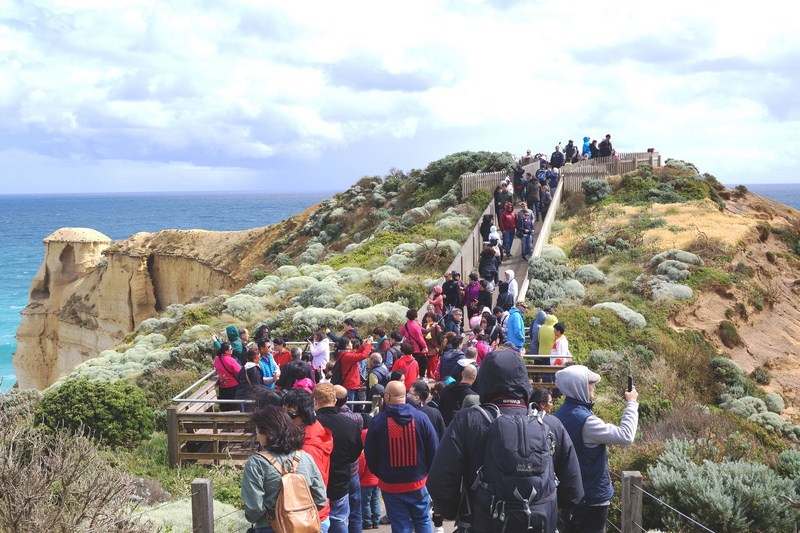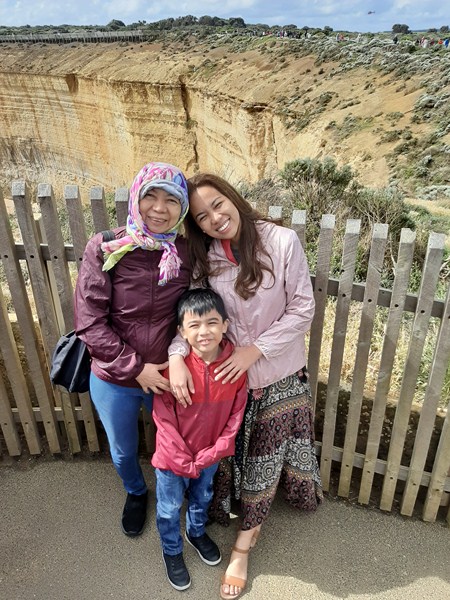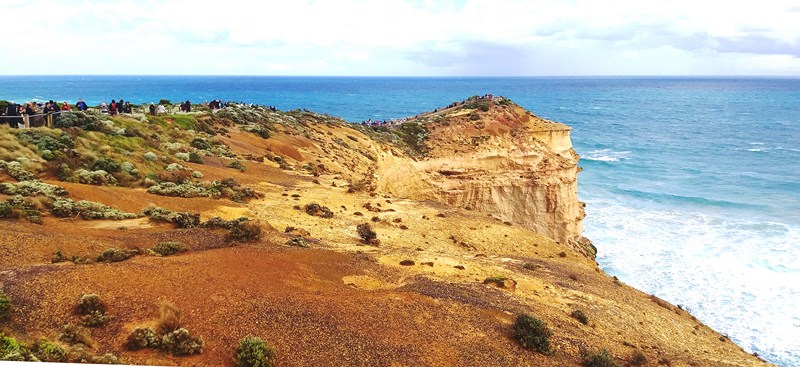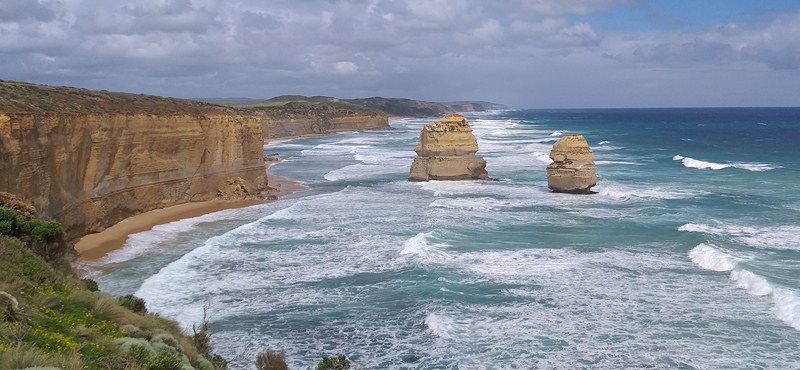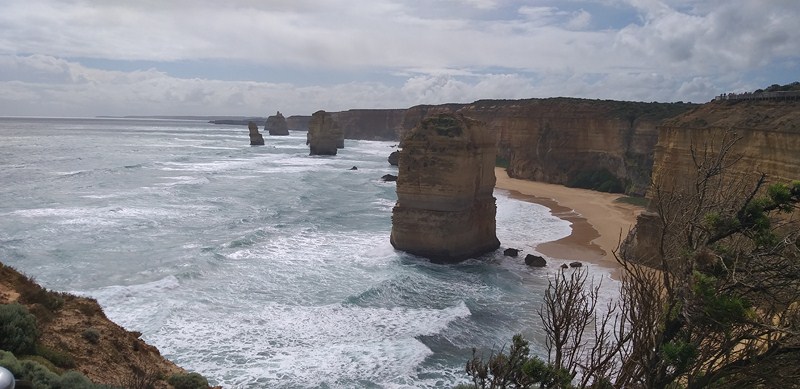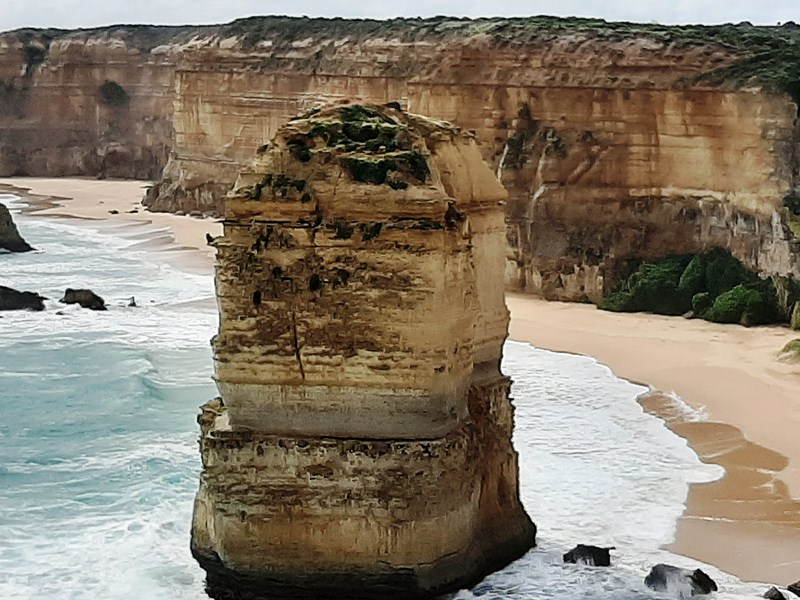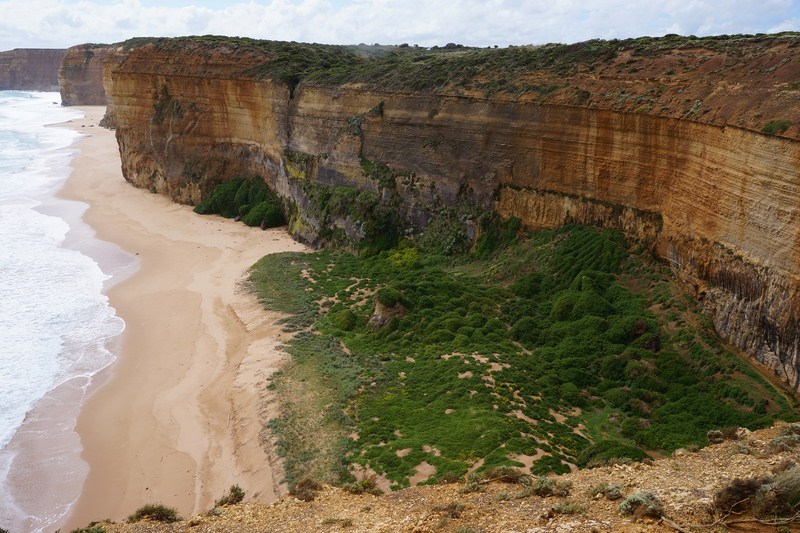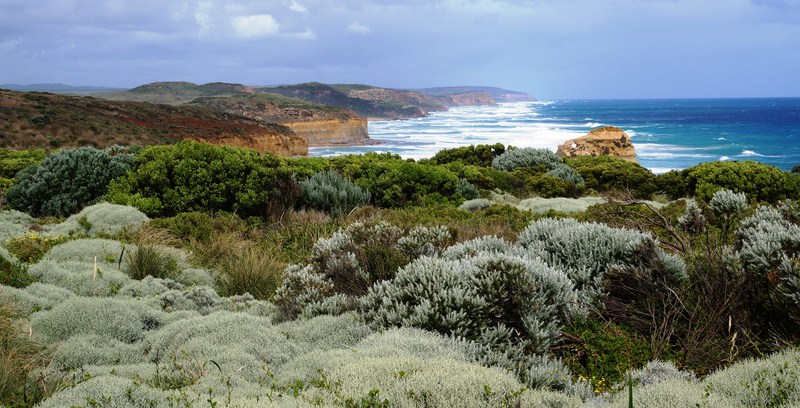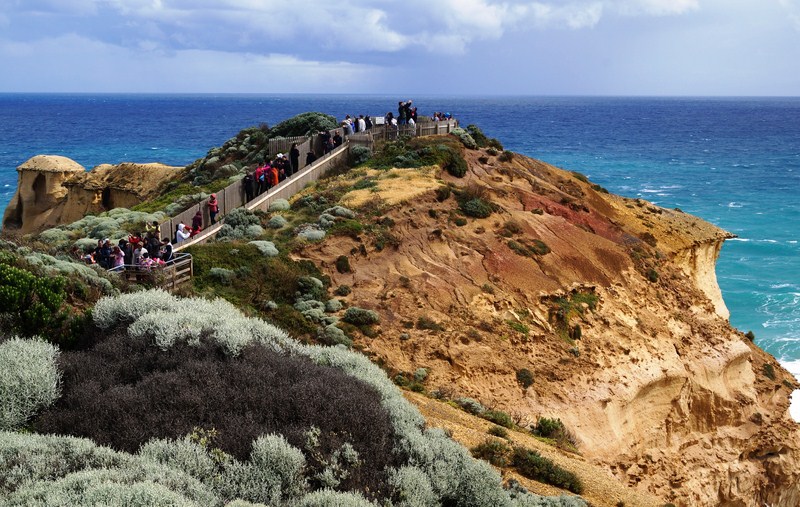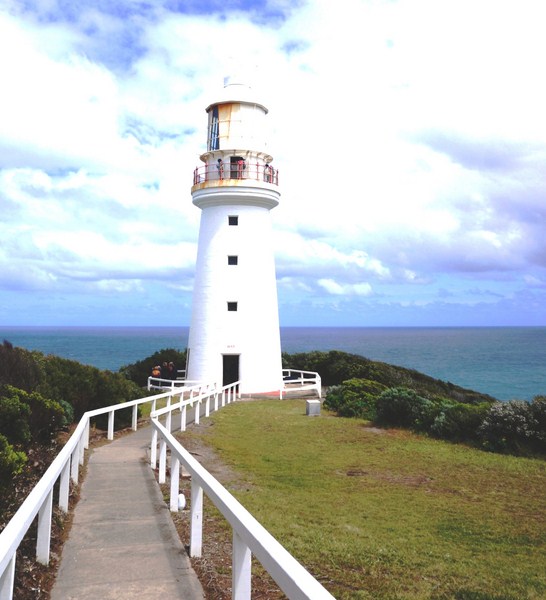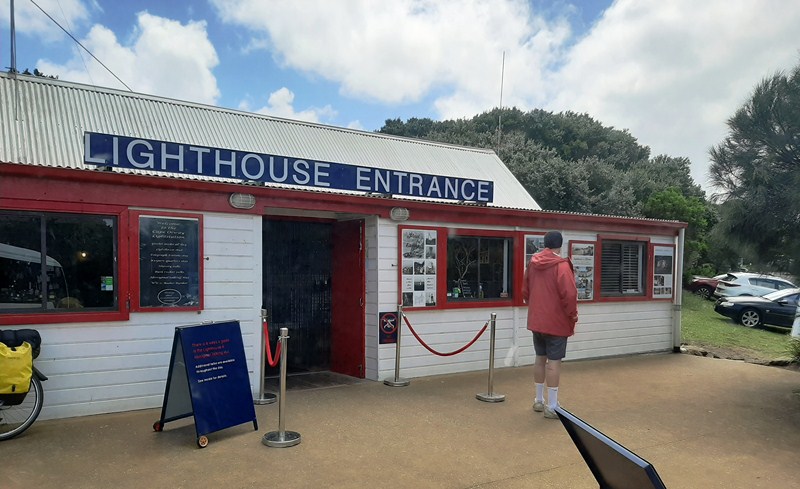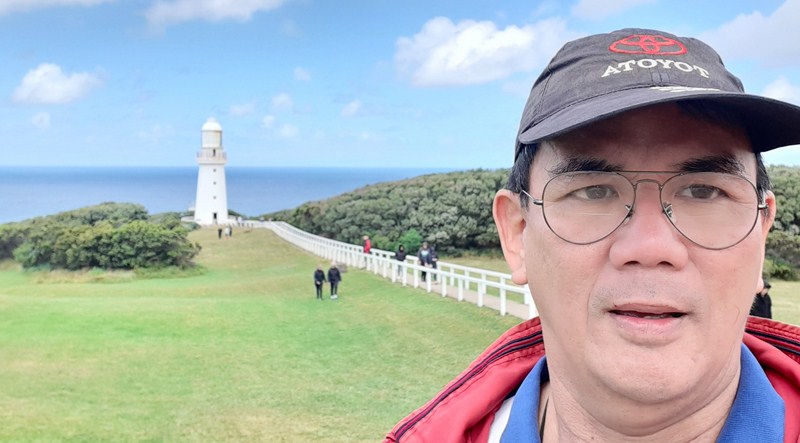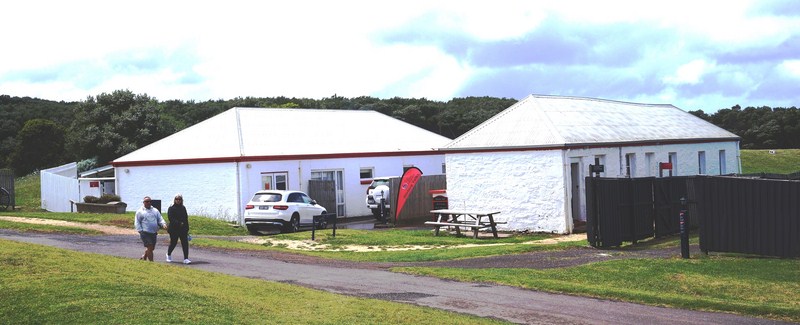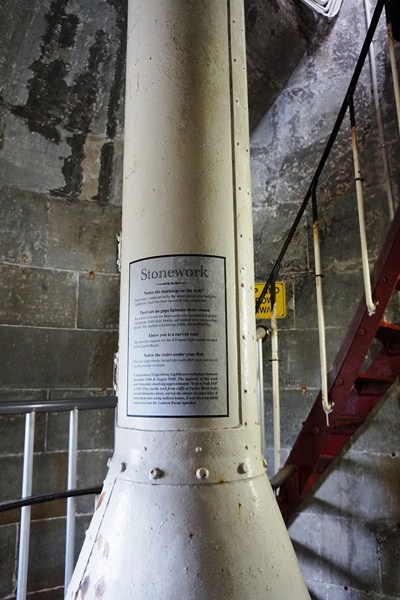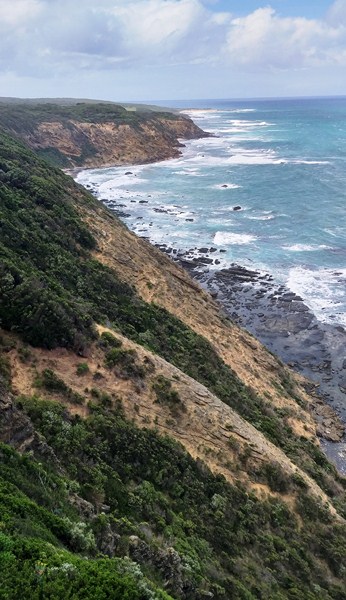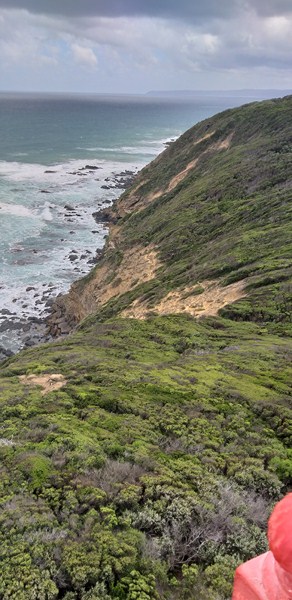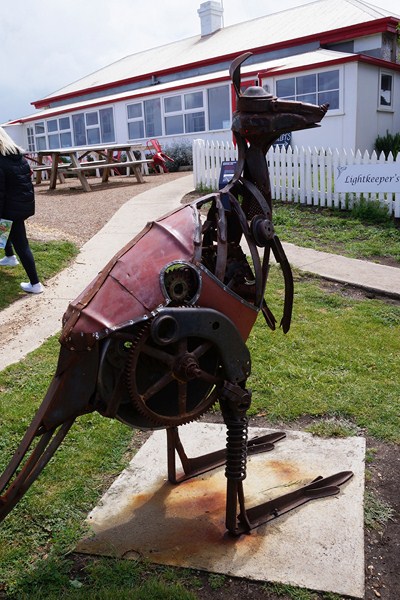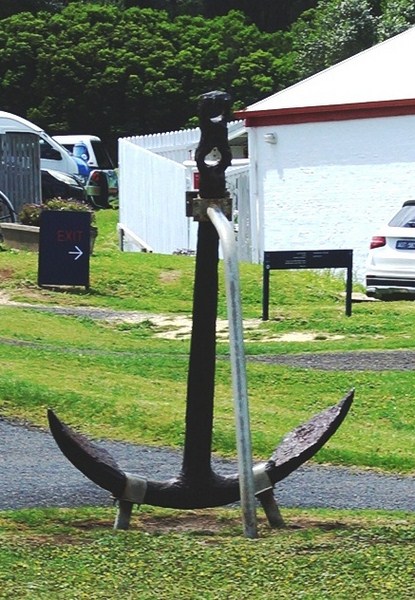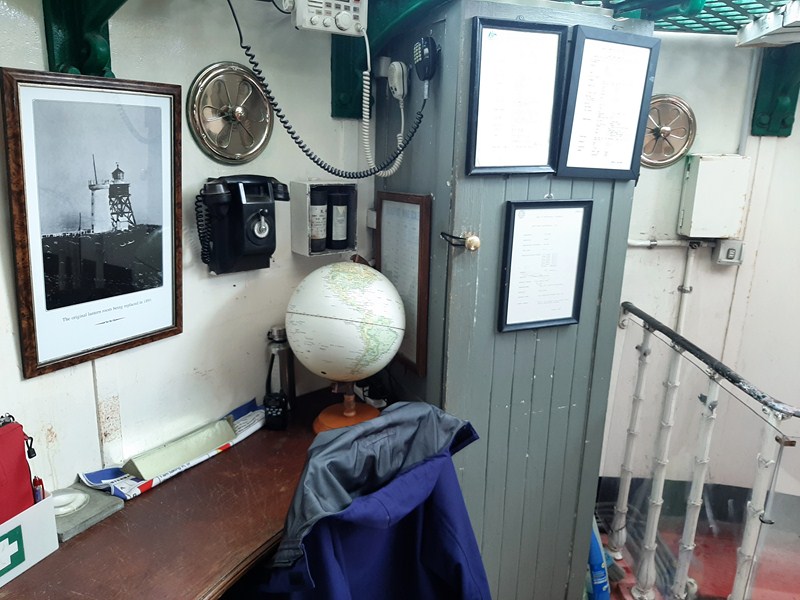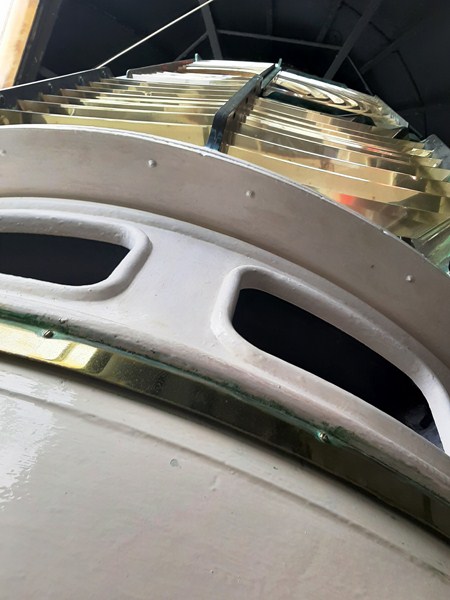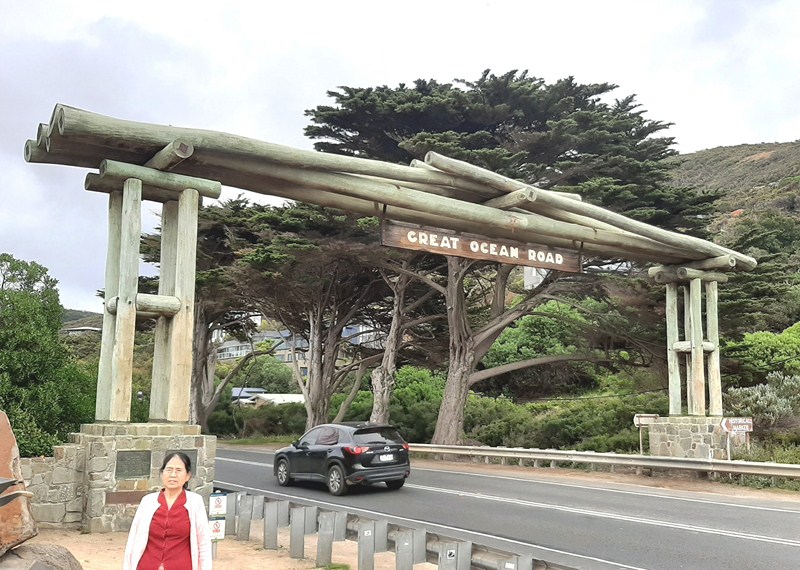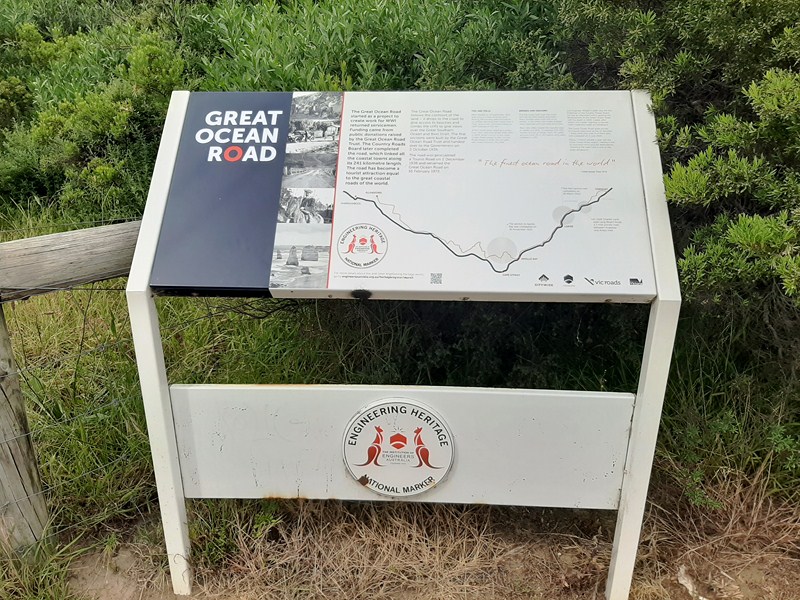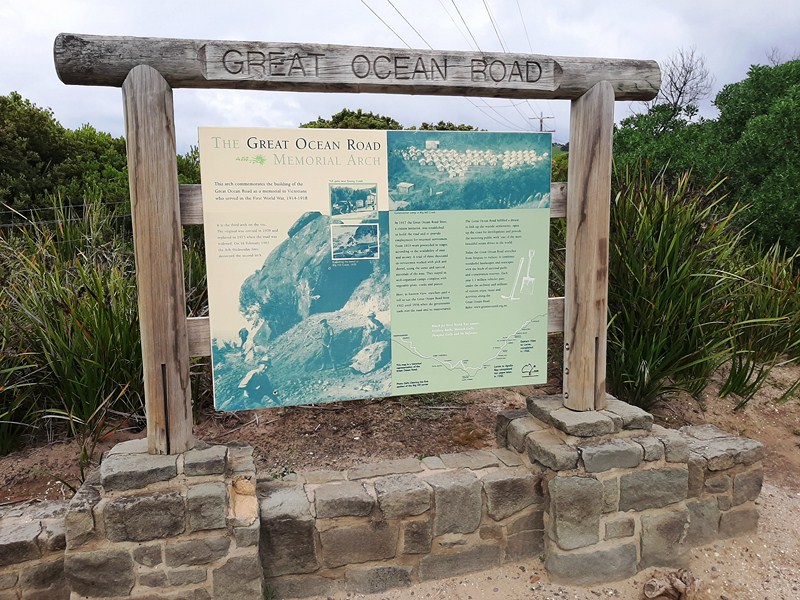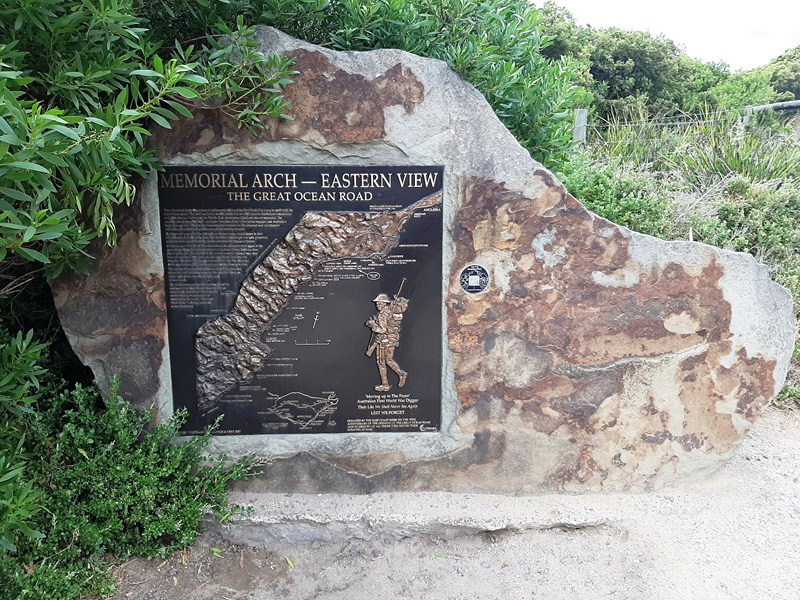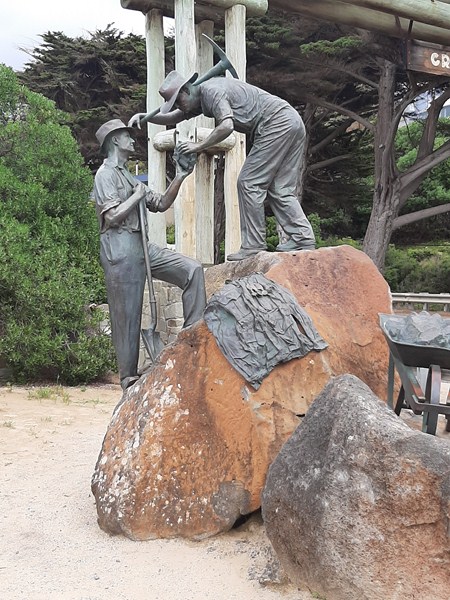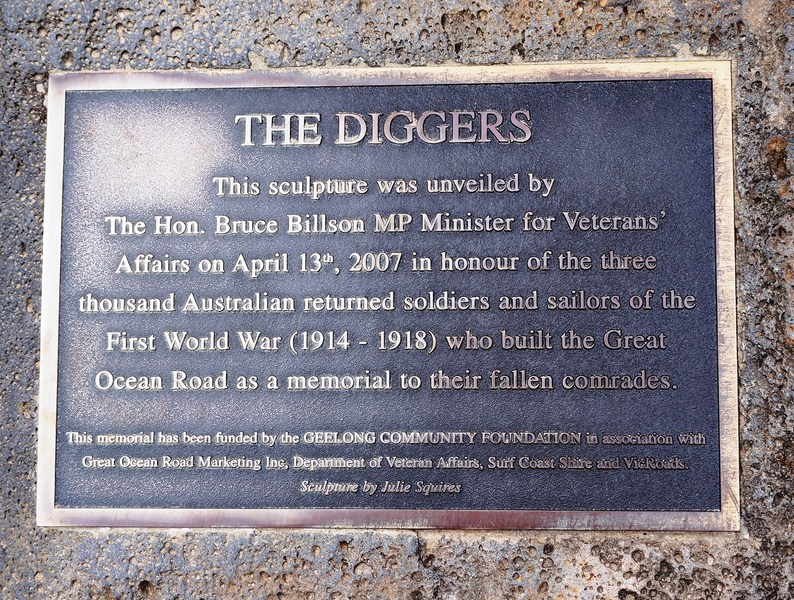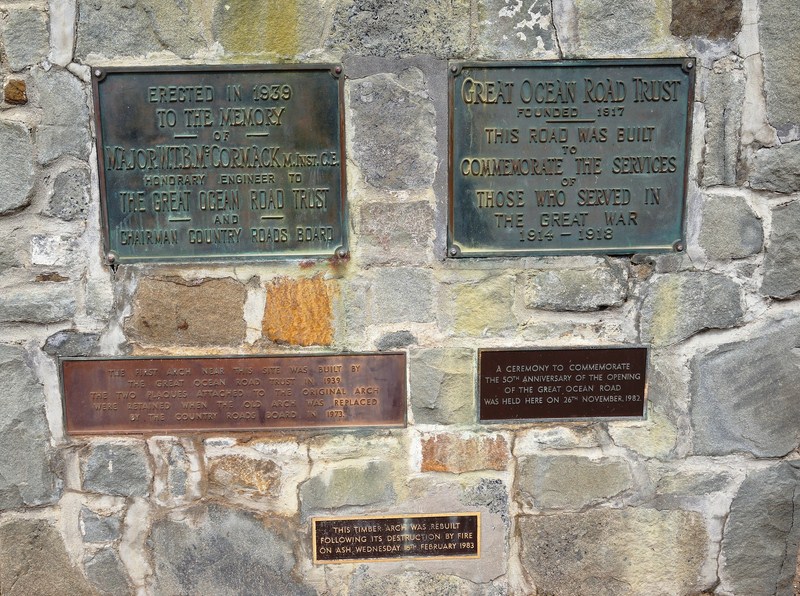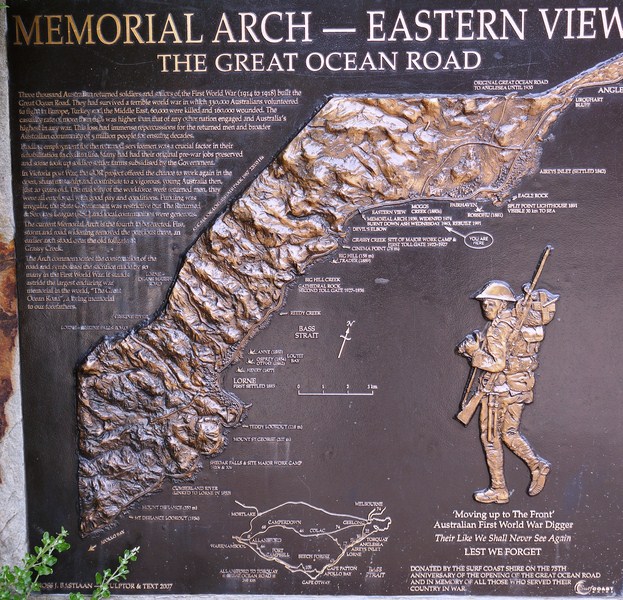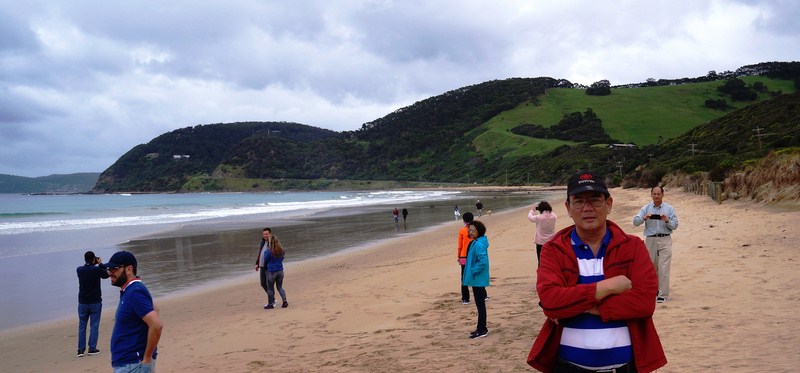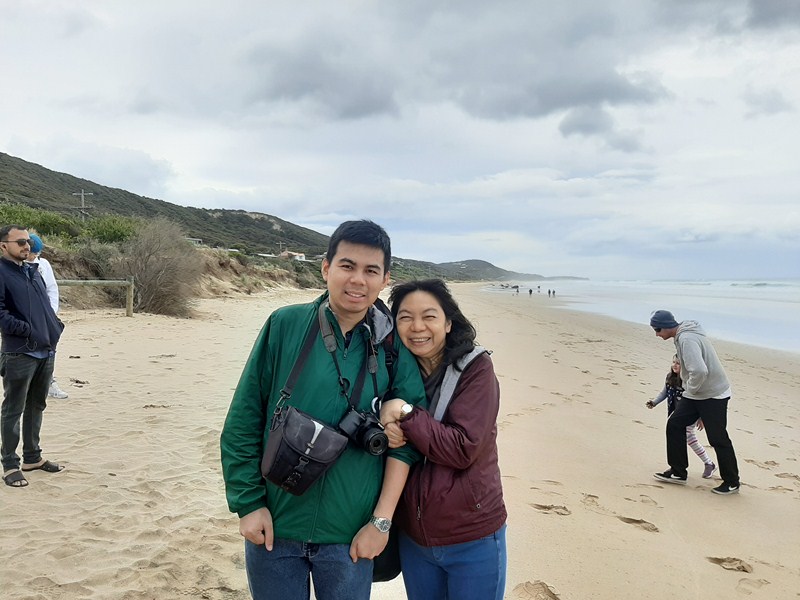This museum, founded in 1998, is a division of Museums Victoria which administers the cultural and scientific collections of the State of Victoria. Its sister museums are Melbourne Museum (including the Royal Exhibition Building) and Scienceworks Museum. The museum’s two floors house temporary and permanent exhibitions. Primarily displaying Australia‘s immigration history, it is located on in the grand Old Customs House building which originally looked out onto ships tied up at the adjacent Queen’s Wharf.
Check out “Melbourne Museum” and “Royal Exhibition Building“
The 3-storey former Customs House Building, resting on a bluestone foundation, occupies the site of Fawkner’s Hotel, one of the first buildings in the city, built in 1835 by John Pascoe Fawkner, one of the founders of Melbourne.
It is of architectural significance as an example of the work of three of the Victorian Public Works Department‘s most talented and accomplished architects – Scottish immigrant Peter Kerr, who did the initial design, and Arthur E. Johnson and John G. Clark, who prepared the final design, which incorporated the earlier building (but without the projected grand stairs and classical portico).
Between 1856-58 and 1873-76, it was constructed in two separate stages. In 1965, the building was converted to the Commonwealth Parliamentary Offices and, in 1998, became an immigration museum. On September 8, 1994, it was included Victorian Heritage Register.
One of the finest examples of a customs house in Victoria, it is an extraordinary example of the Italian Renaissance style (with remnants of Greek Revival influence), a style greatly favored for official buildings in Melbourne during the 1860s and 1870s. It has a rusticated ground floor facade while the two upper floors are surmounted by a simple projecting cornice running around the whole building.
A flight of stairs leads up to the entrance doors, above which four Ionic-style columns run through the two upper floors in support of the fascia and cornice. The site is delineated by a fine wrought iron fence with bluestone posts and base.
The impressive and opulent former Long Room, one of the grandest and most elegantly proportioned classical interiors in Melbourne, now houses the main exhibition space of the Immigration Museum. A notable piece of Renaissance Revival architecture, it features giant Ionic colonnades (modeled after the Erechtheion Temple in Athens) and high ceilings. The hand-laid tessellated tiles, based on fragments of encaustic tile found in floor fill, were made at Stoke-on-Trent in the UK.
The museum facilities and activities include a Discovery Center, community gallery, touring exhibitions and public and educational programs, including community festivals, exhibitions and many community engagement activities.
The museum’s permanent exhibitions explores Victoria’s immigration history through global motivations for leaving homeland, personal stories of immigrants from various countries and time periods, the ship journey over time, and a history of Australia’s immigration policies and processes.
On display are hundreds of objects from the Museum’s collections, some developed through partnerships with families and communities, relating to migration, cultural diversity, transport technology, customs and quarantine, and popular culture. All these subjects are presented in a number of ways – object and image-based displays, audio-visual presentations, immersive experiences (such as a series of recreated ship environments), interactive theater, on-site computer information outlets and the Museum website.
The Migration collection includes over 6,000 objects which document the migration experiences of Victorians since the 1830s and, consequently, the long history of the cultural diversity of the Victorian and broader Australian population.
The “Leaving Home” Exhibition, using sound, objects, still and moving images, explores the reasons why people left their countries to come to Australia and what they brought with them. Some of the many reasons include fleeing from the ravages of war, hunger, religious persecution and political repressions while others were lured by a sense of adventure, by the prospect of a new beginning, of owning land, of making a fortune, or to be reunited with love ones.
Many arrive with keepsakes, precious reminders of loved ones or special places. The experiences of arriving in a new country vary from person to person, with stories that are sometimes sad, sometimes funny, but always engaging.
The “Identity: Yours, Mine, Ours” (What does it mean to belong and not belong in Australia?) Exhibition explores how our cultural heritage, languages, beliefs, and family connections influenced our self-perceptions and our perceptions of other people – perceptions that can lead to discovery, confusion, prejudice and understanding.
Visitors are invited to find connections with others, as well as challenge the assumptions we make about each other every day through engaging personal stories, intriguing objects, compelling images and interactive multimedia experiences. Visitors are also encouraged to share their stories, affirm their identities and celebrate diversity in our community.
The “Getting In” Exhibition, showing how and why Australia’s immigration policies have changed, focuses on four periods – the Gold Rush Days of the 1840s to 1900; Federation to the end of the Second World War; Post-War to the Early Seventies, and 1973 to the Present Day. Since 1788, more than 9 million people have migrated to Australia while countless others have tried and failed.
Since the 1800s, various immigration policies have dictated who gets in and photographs, historical objects and personal stories show the effects of these policies on cultural diversity in Victoria. An interactive theater experience, central to the exhibition, finds visitors find themselves in the role of a government official charged with the responsibility of interviewing people applying to migrate to Australia, and discovering whether or not they “get in.”
The Customs Gallery shows the story of Customs House, where officials controlled what-and who-could enter Victoria. Customs officers collected import duties, inspected ships for smuggled goods, controlled immigration to Victoria, and prevented the importation of items such as illegal drugs, endangered and contaminated animal products, and banned books and films.
The Discovery Center, set in the beautifully restored 19th century vaults of the Customs House, is a perfect place to relax in comfy lounges; talk to helpful staff; research family history; explore Australia’s migration history; share personal stories; research contemporary issues; and understand its culturally diverse community.
You can a book from its unique reference library, explore its collections and vast web resources online, or enjoy the screen lounge showcasing stories of cultural celebrations.
During our visit, the temporary exhibition Our Bodies, Our Voices, Our Marks was ongoing. It features a suite of exhibitions and experiences that explores the art of tattoo, alongside themes of identity, self-expression, culture and community.
Check out “Our Bodies, Our Voices, Our Marks” Exhibition“
The Immigration Museum Shop offers a wide range of souvenirs, gifts and books while its Museum Café offers coffee, soft drinks, snacks, confectionery and more.
The Tribute Garden, located in the northern garden of the museum, is a public artwork that pays tribute to 7,000 people who have made the journey to Victoria. It features the names of immigrants who came from over 90 countries, from the 1800s to the present day. The region now known as Victoria is represented by the people of the Kulin Nation as traditional owners of the land, and records the names of languages and dialects spoken by Aboriginal communities. Launched in 1998 and concluded in 2002, Melbourne-based artist Evangelos Sakaris designed the original artwork while Gina Batsakis led the design for the following stages of the project.
The Atrium, a beautiful glass conservatory at the rear of Old Customs House, connects the main building to the Courtyard. It can accommodate long-table dinners running the entire length of the Atrium, or layout more intimate round tables throughout. Sliding double doors open from the glass-walled Atrium into the sun-drenched Festival Courtyard which is utilized to host community festivals which are an amalgamation of food, music and culture. The wide hallway connecting the Atrium to the rest of the museum is home to changing feature exhibitions, usually hanging art that tells a story.
Immigration Museum: 400-424 Flinders Street, Melbourne, Victoria 3000. Tel: 1311 02. E-mail: mvbookings@museum.vic.gov.au. Website: www.museumsvictoria.com.au/immigrationmuseum/. Open daily, 10 AM – 5 PM (closed Christmas Day and Good Friday). Admission: adults ($15), children (free). Entry to the Tribute Garden is free.

